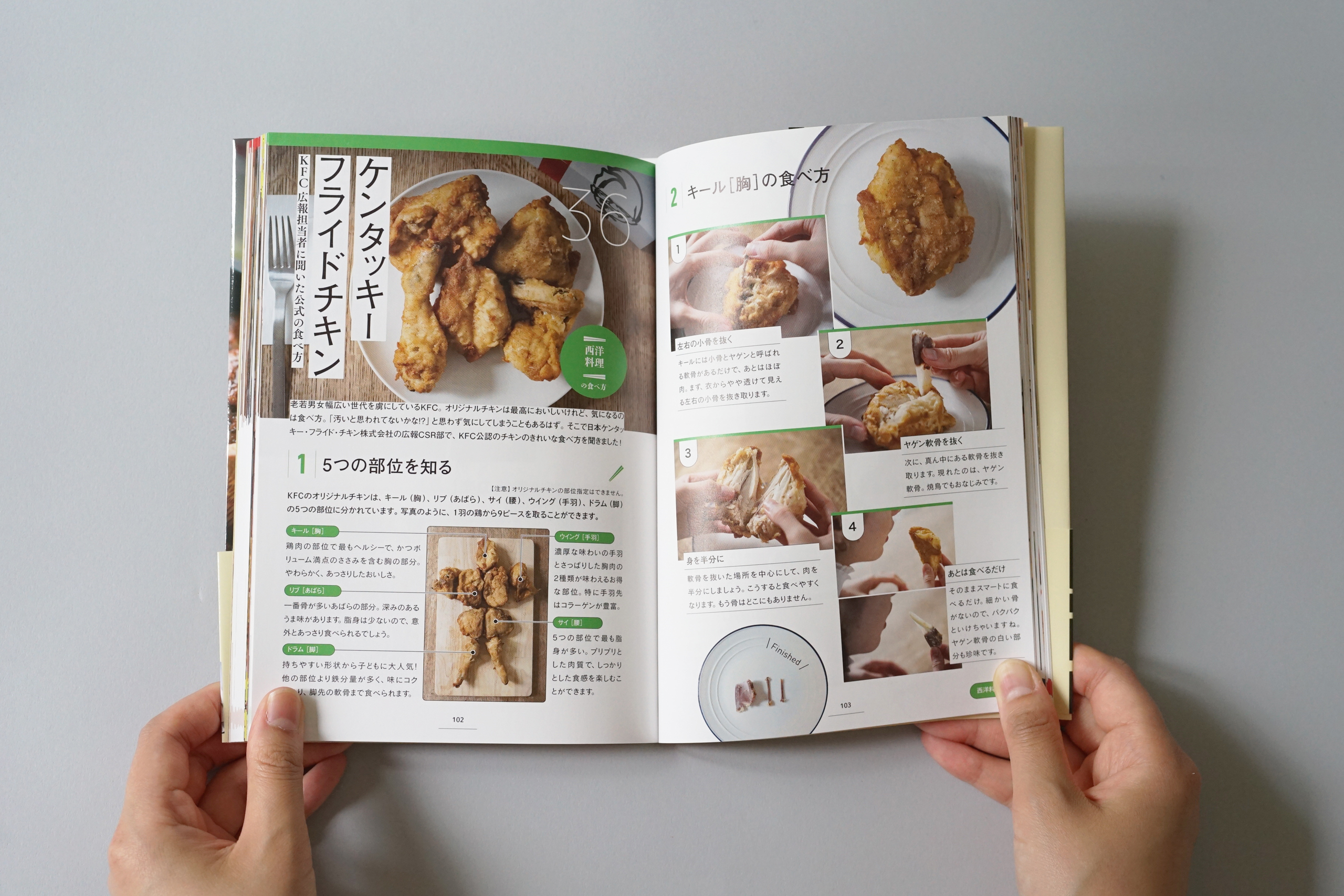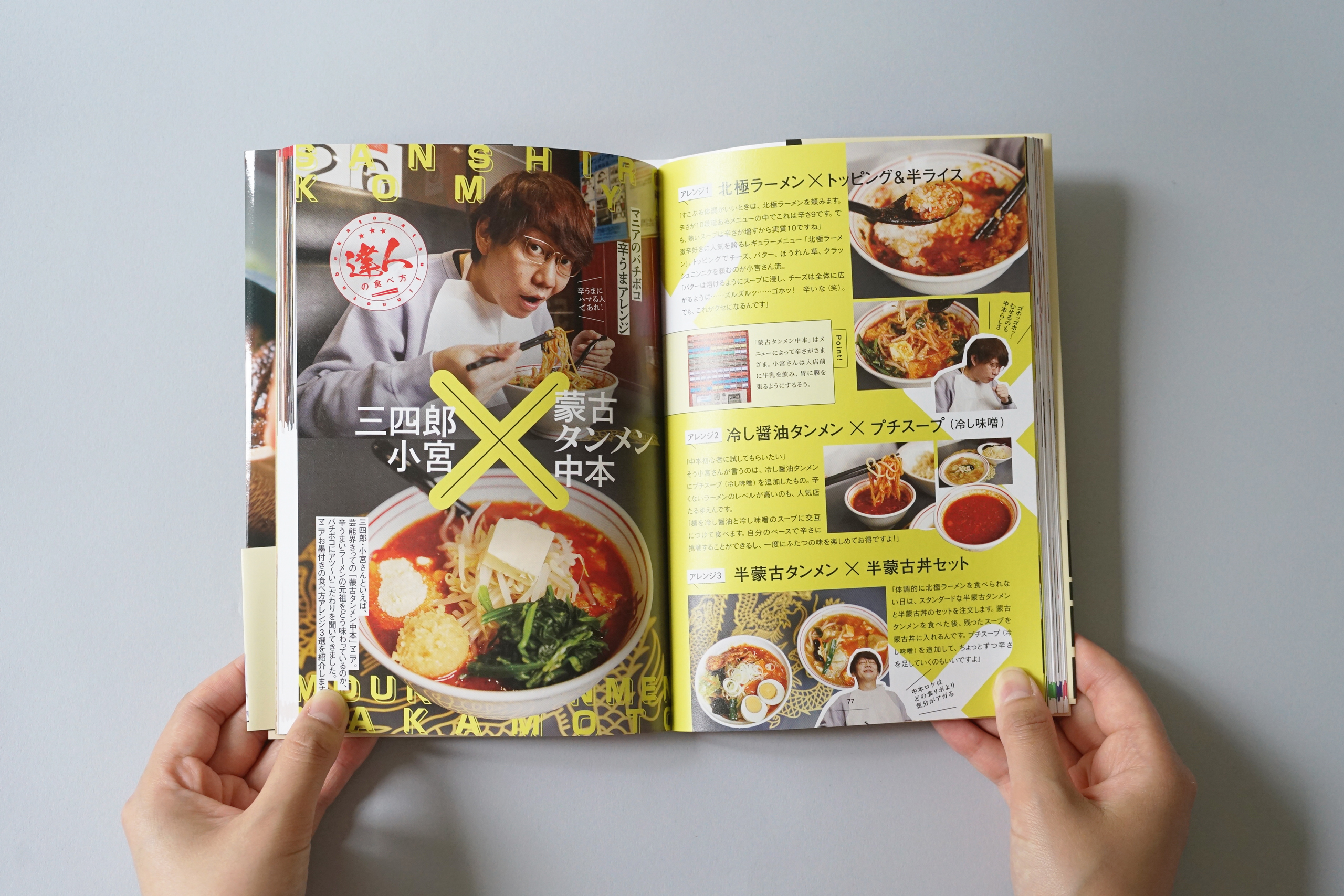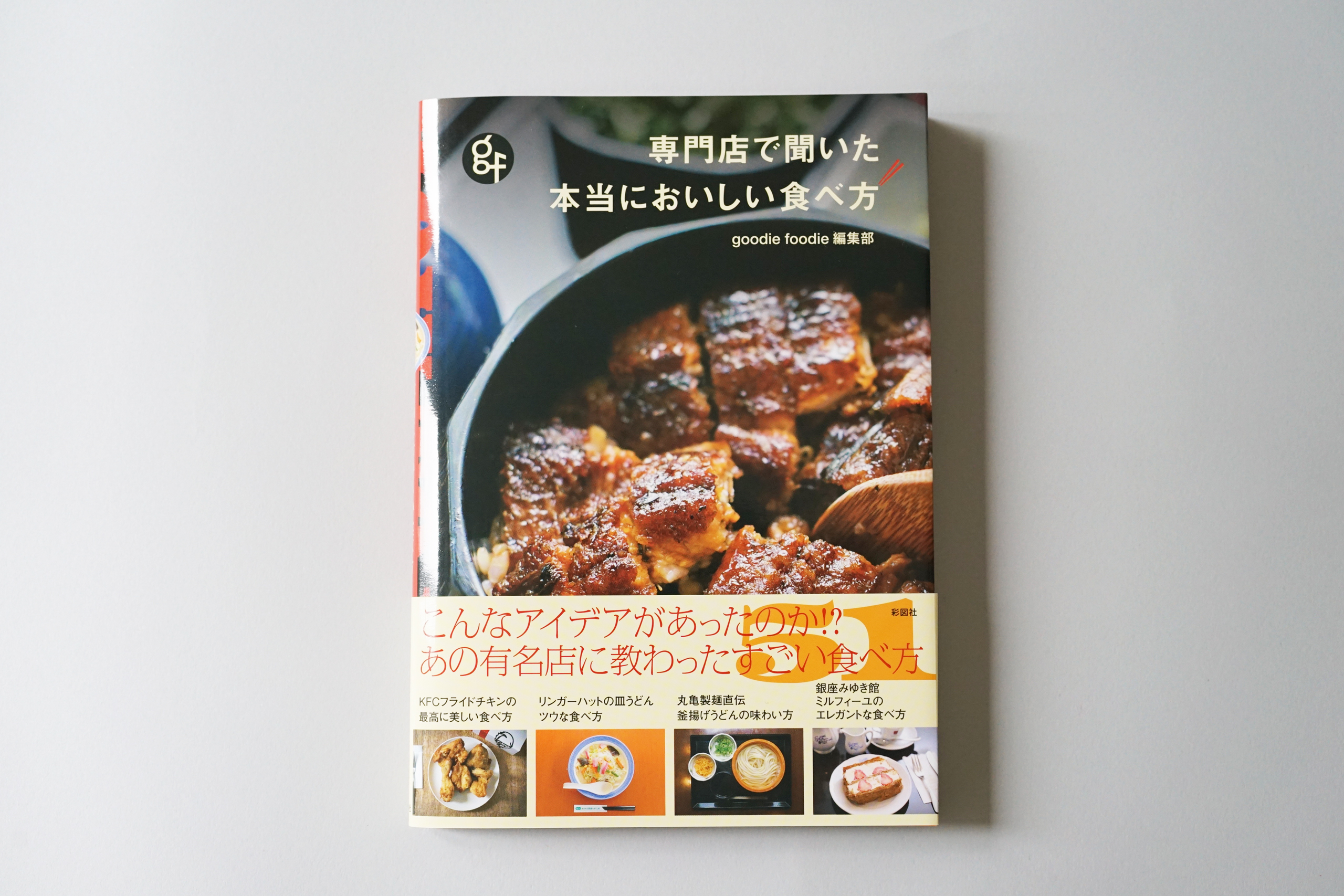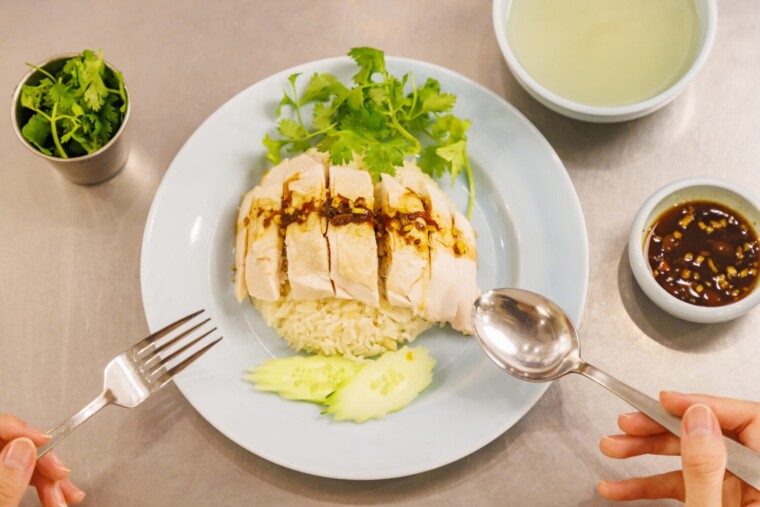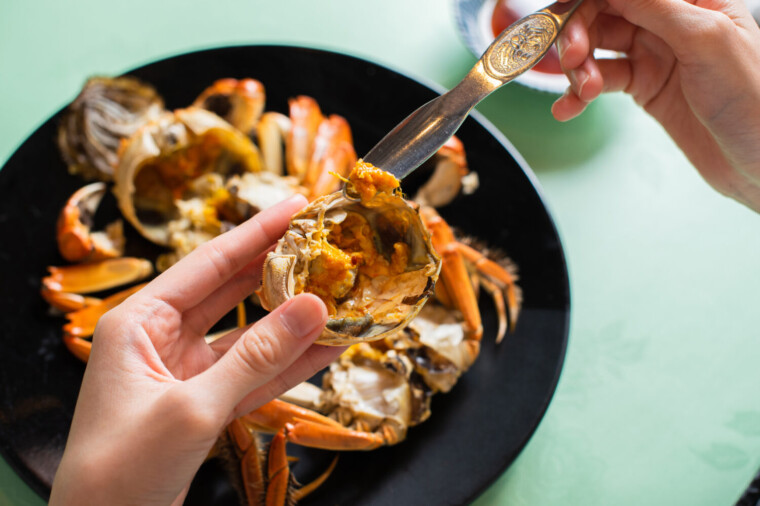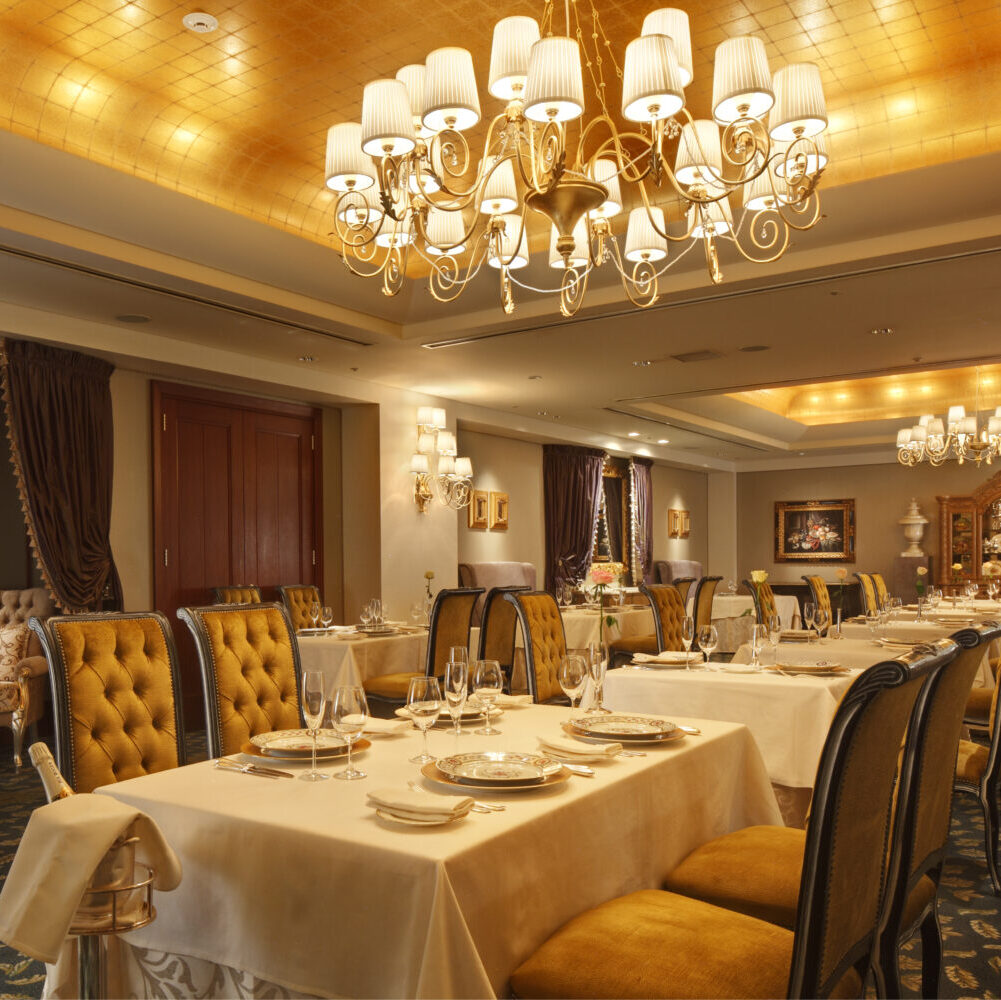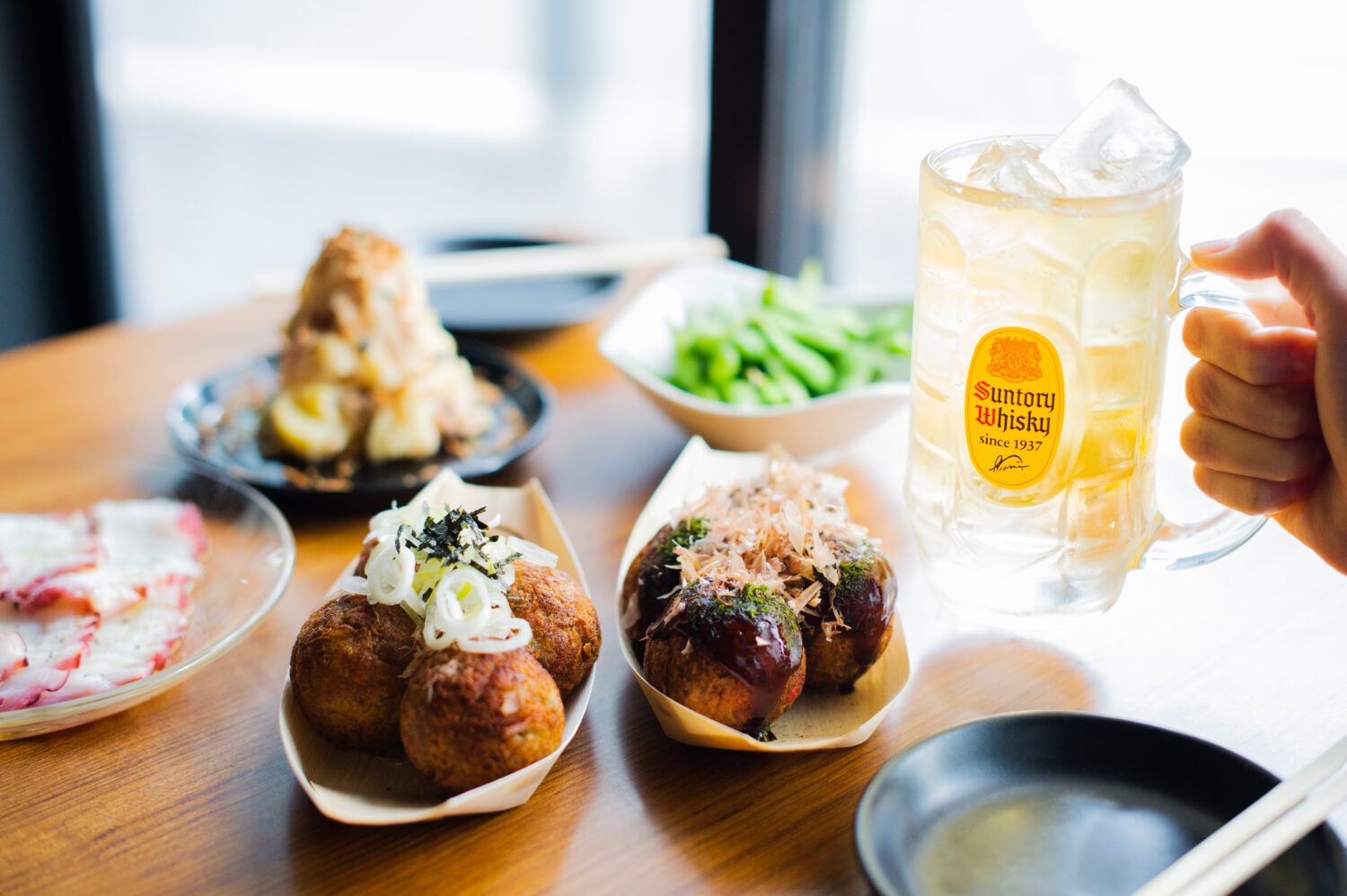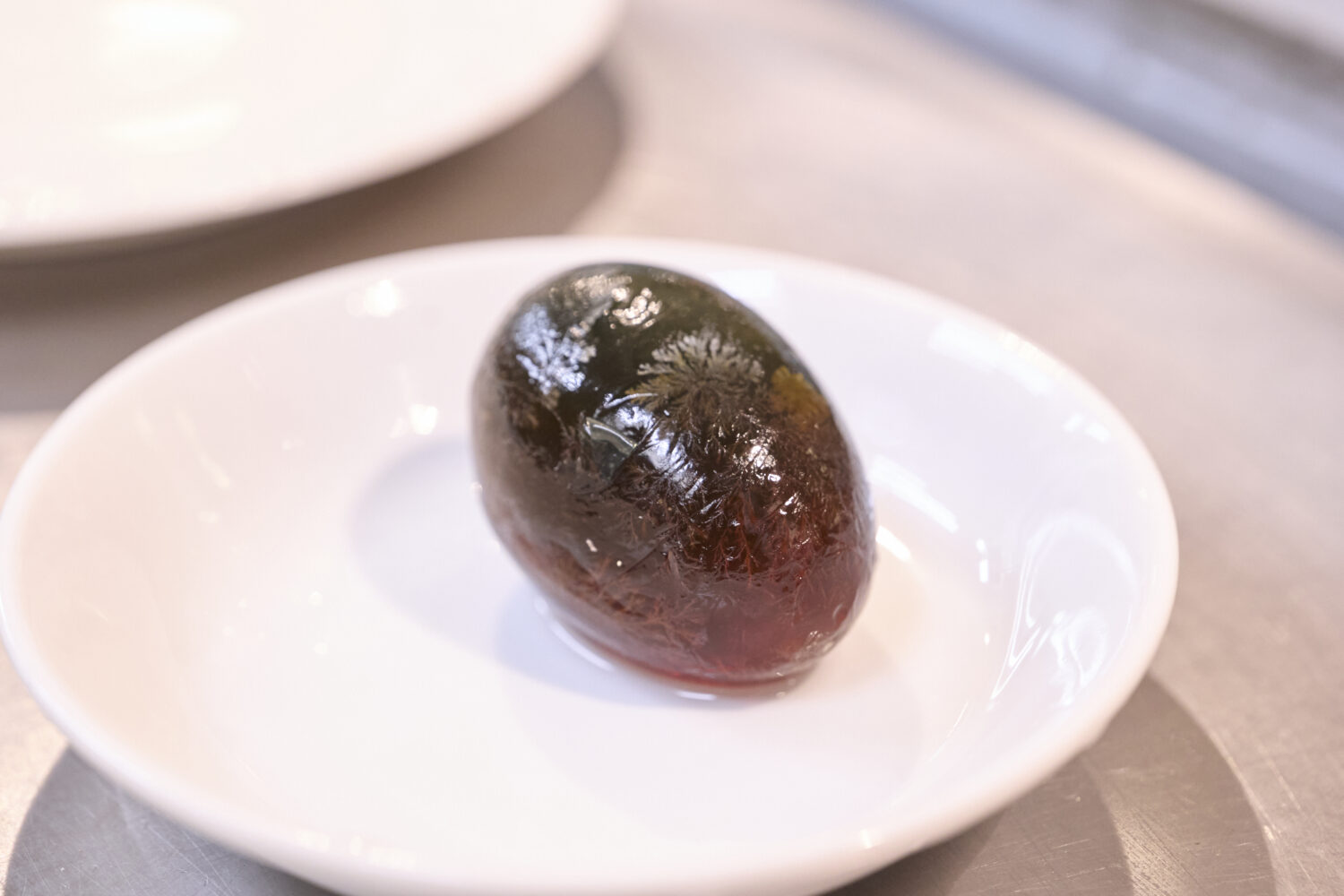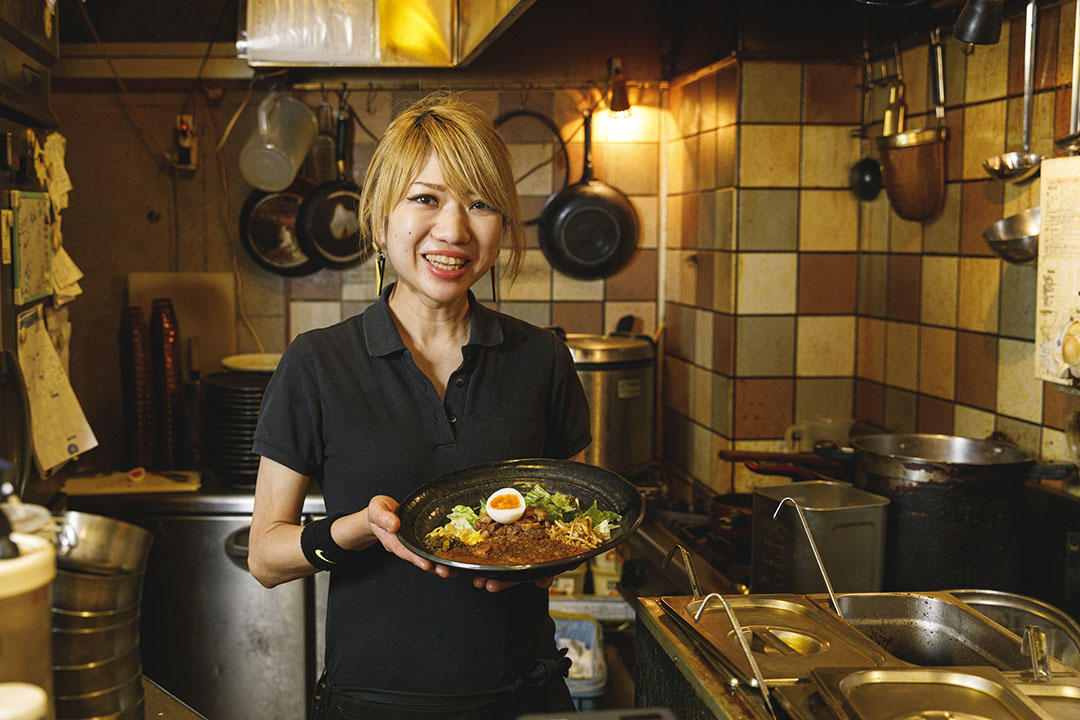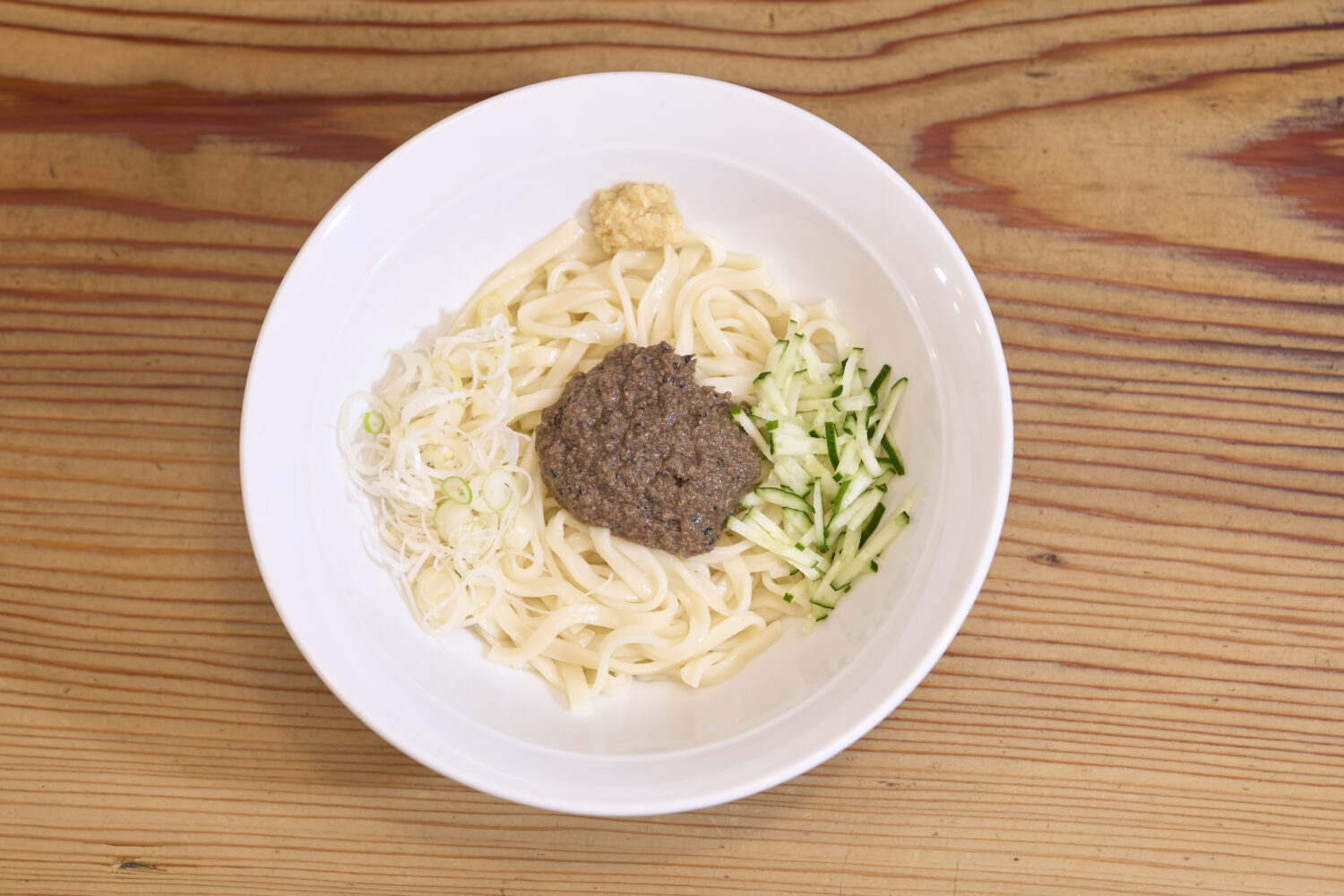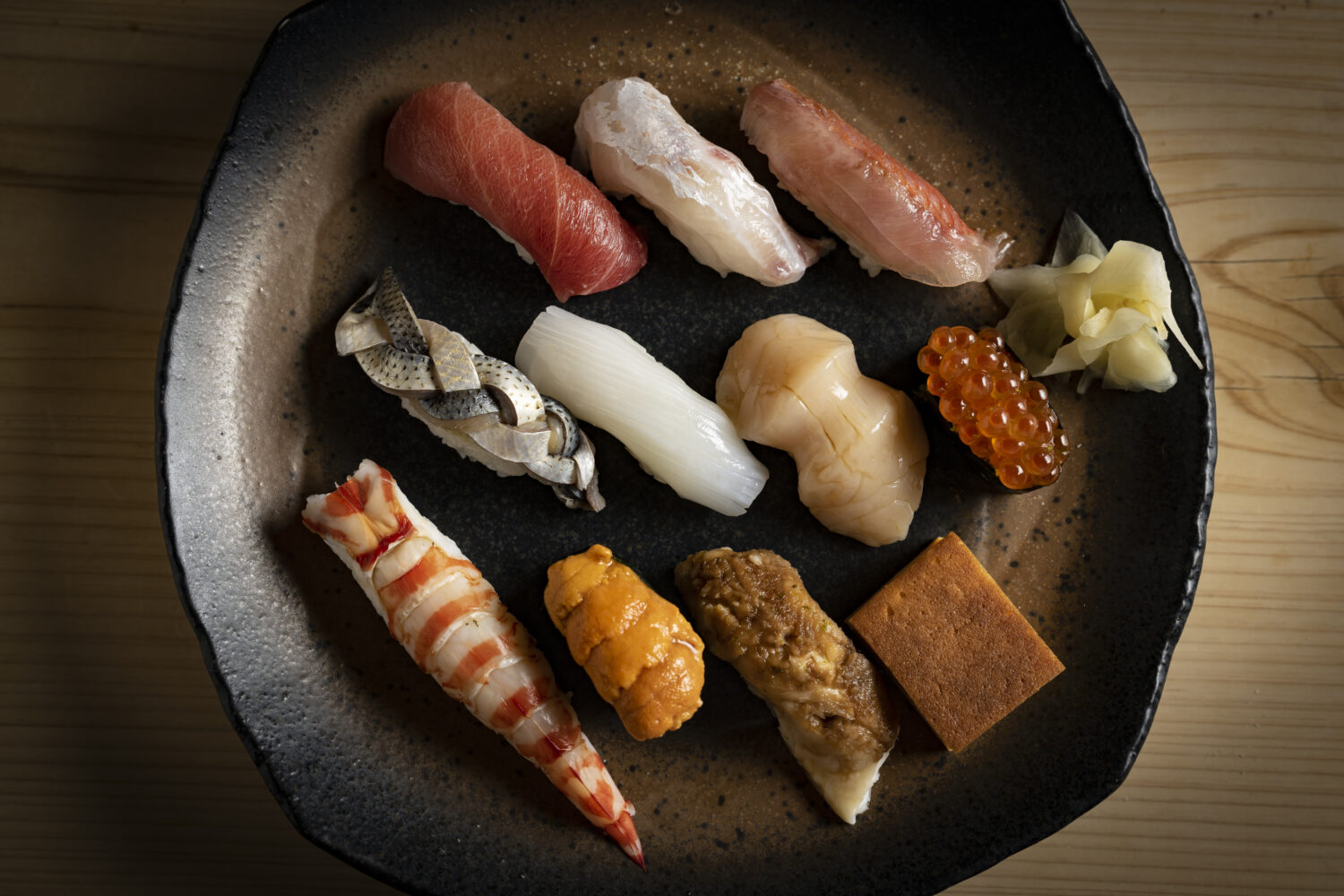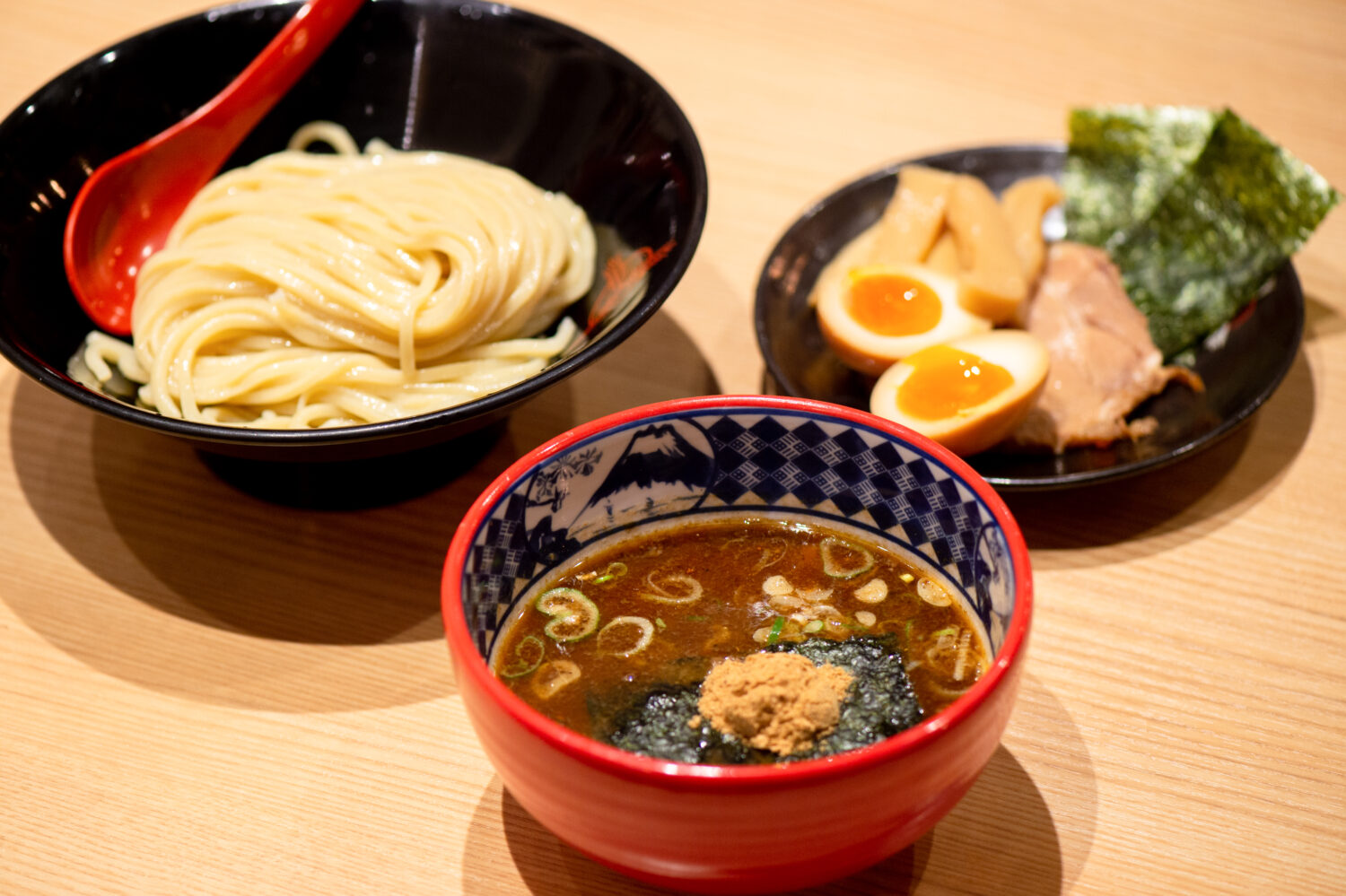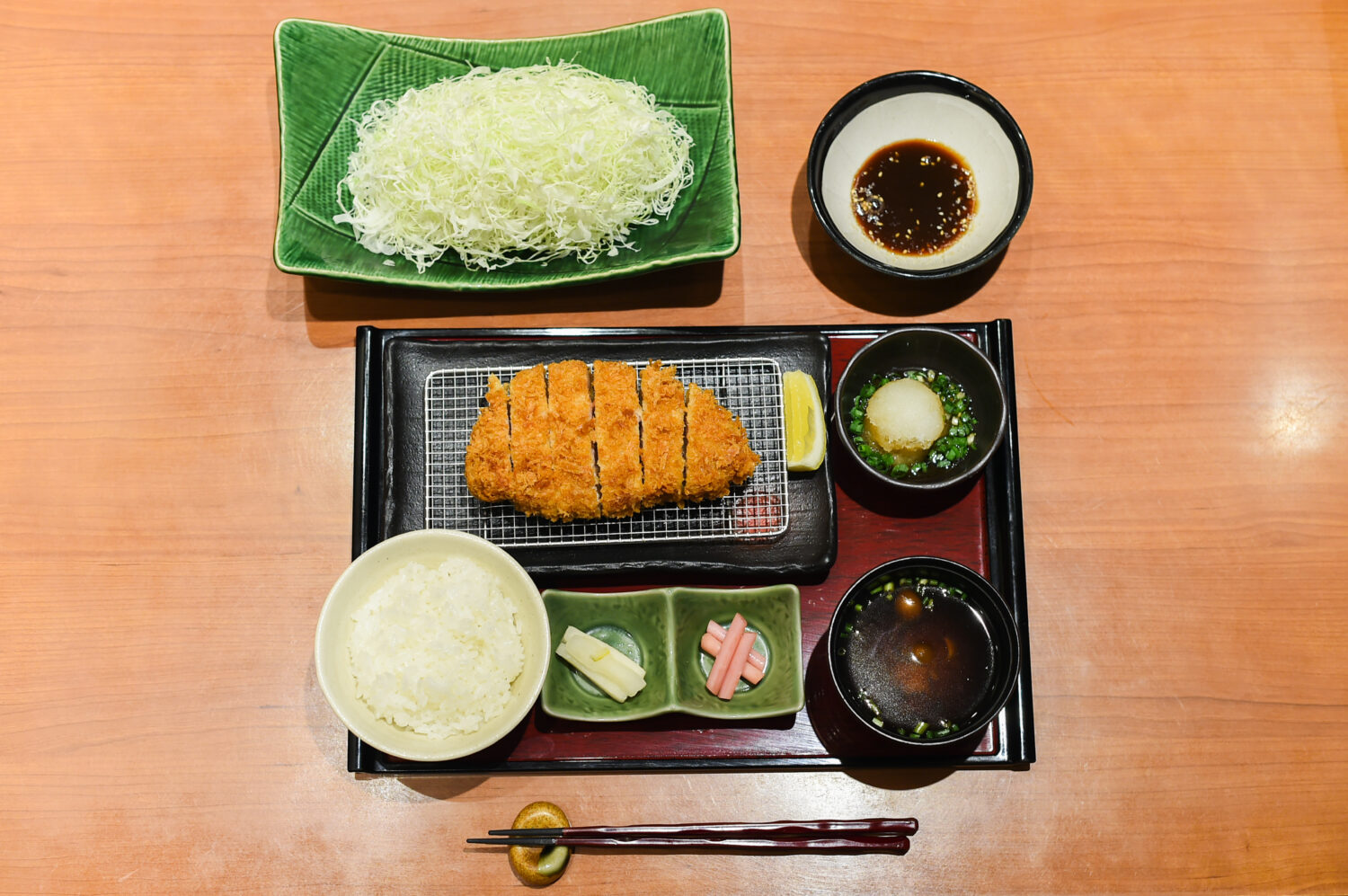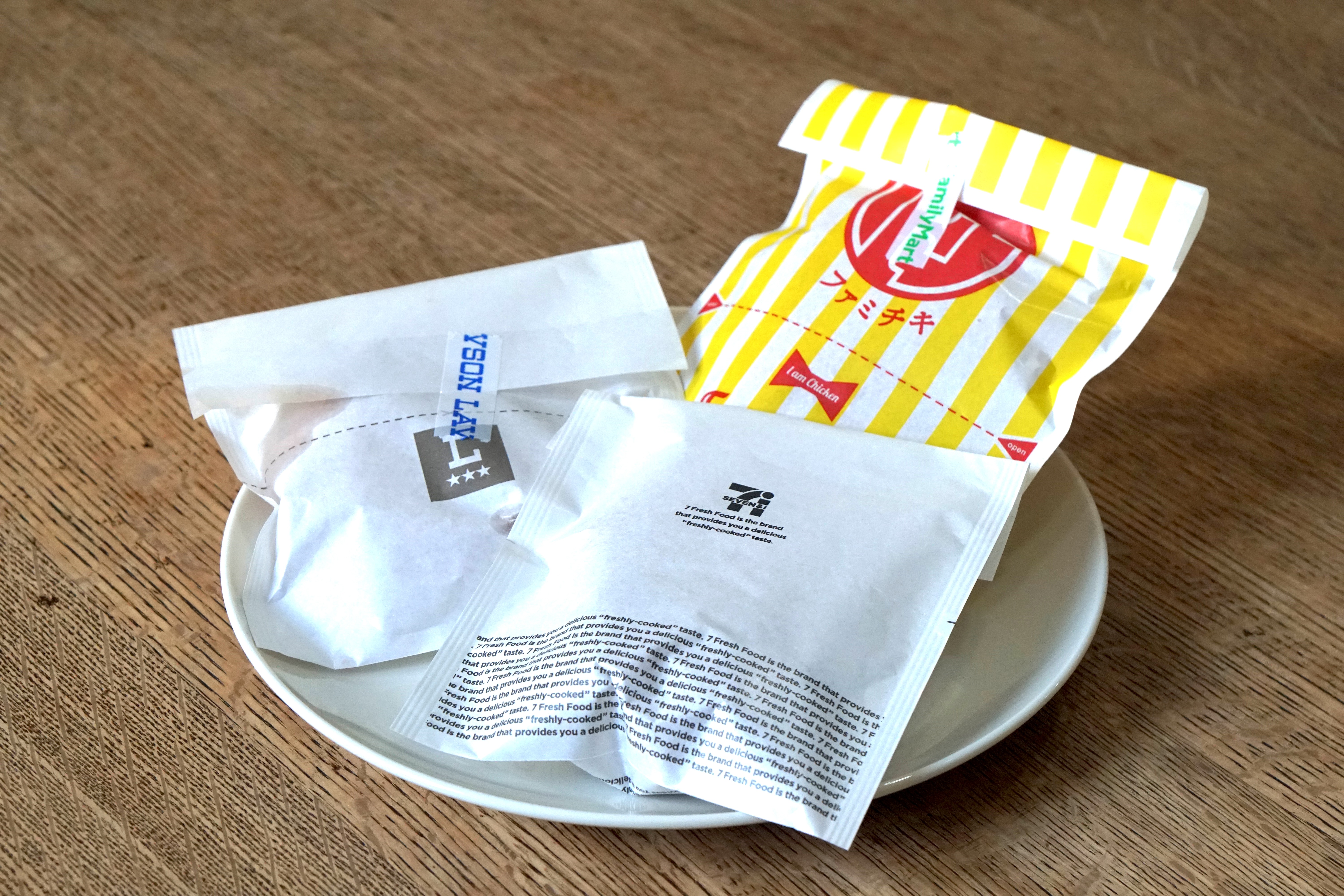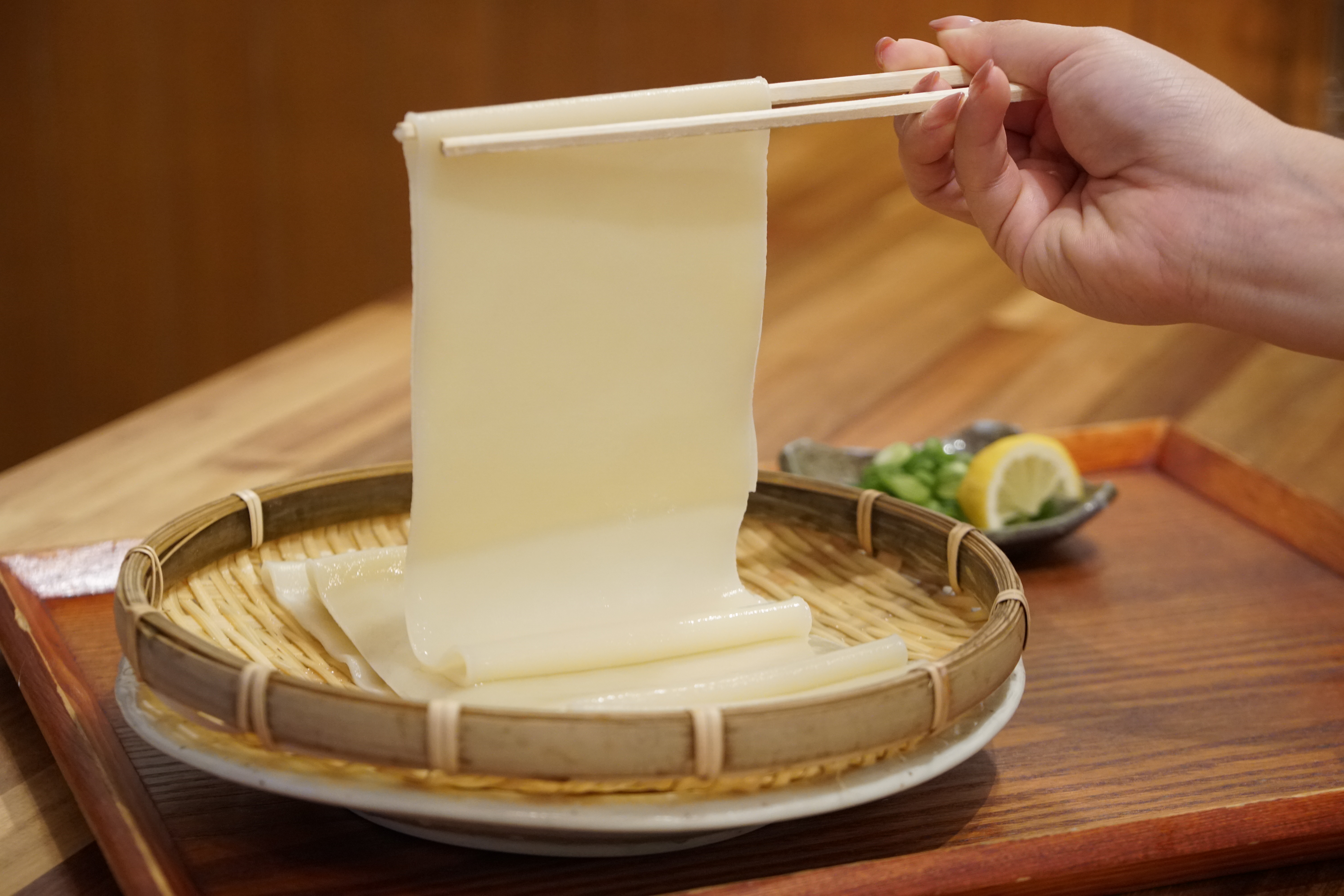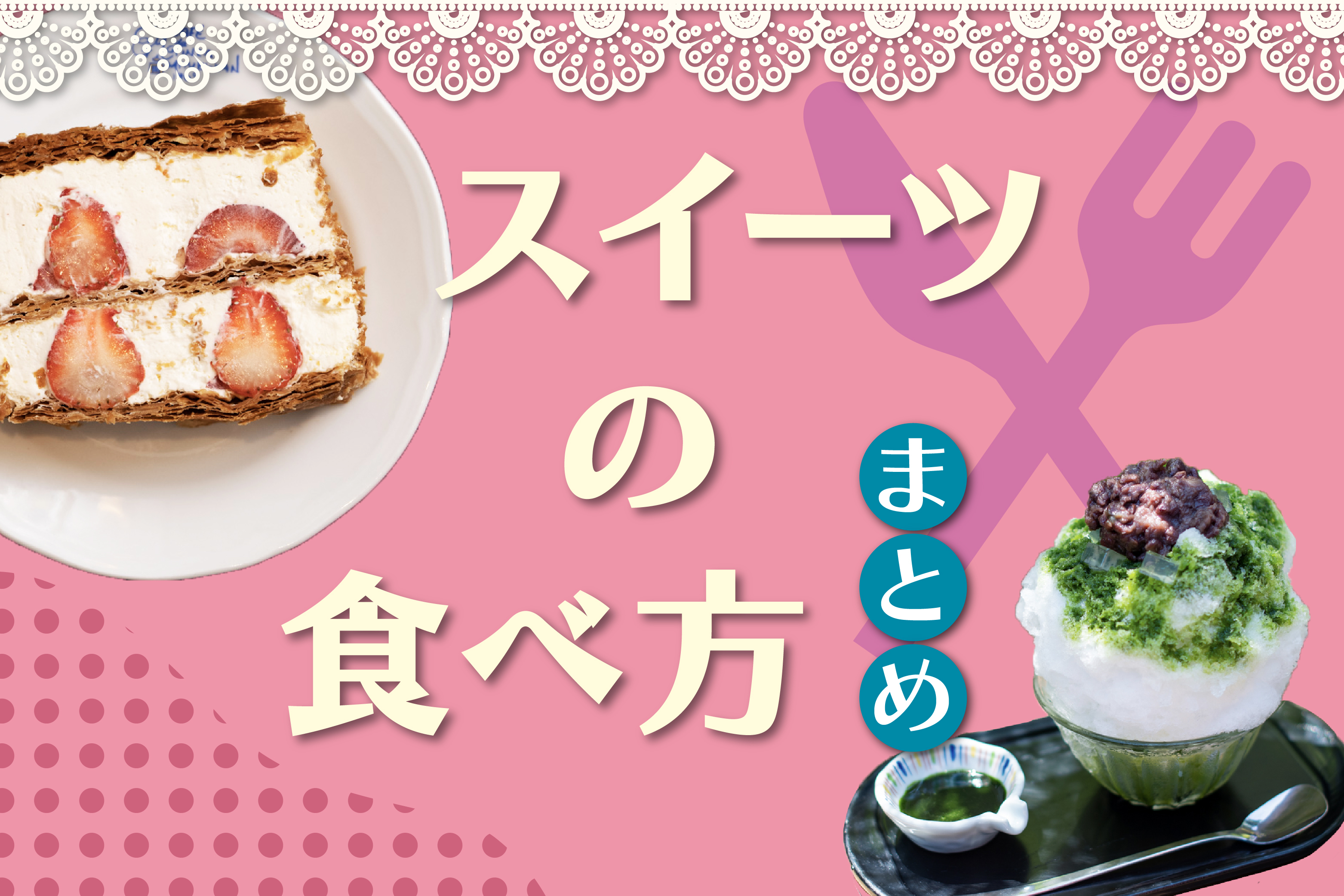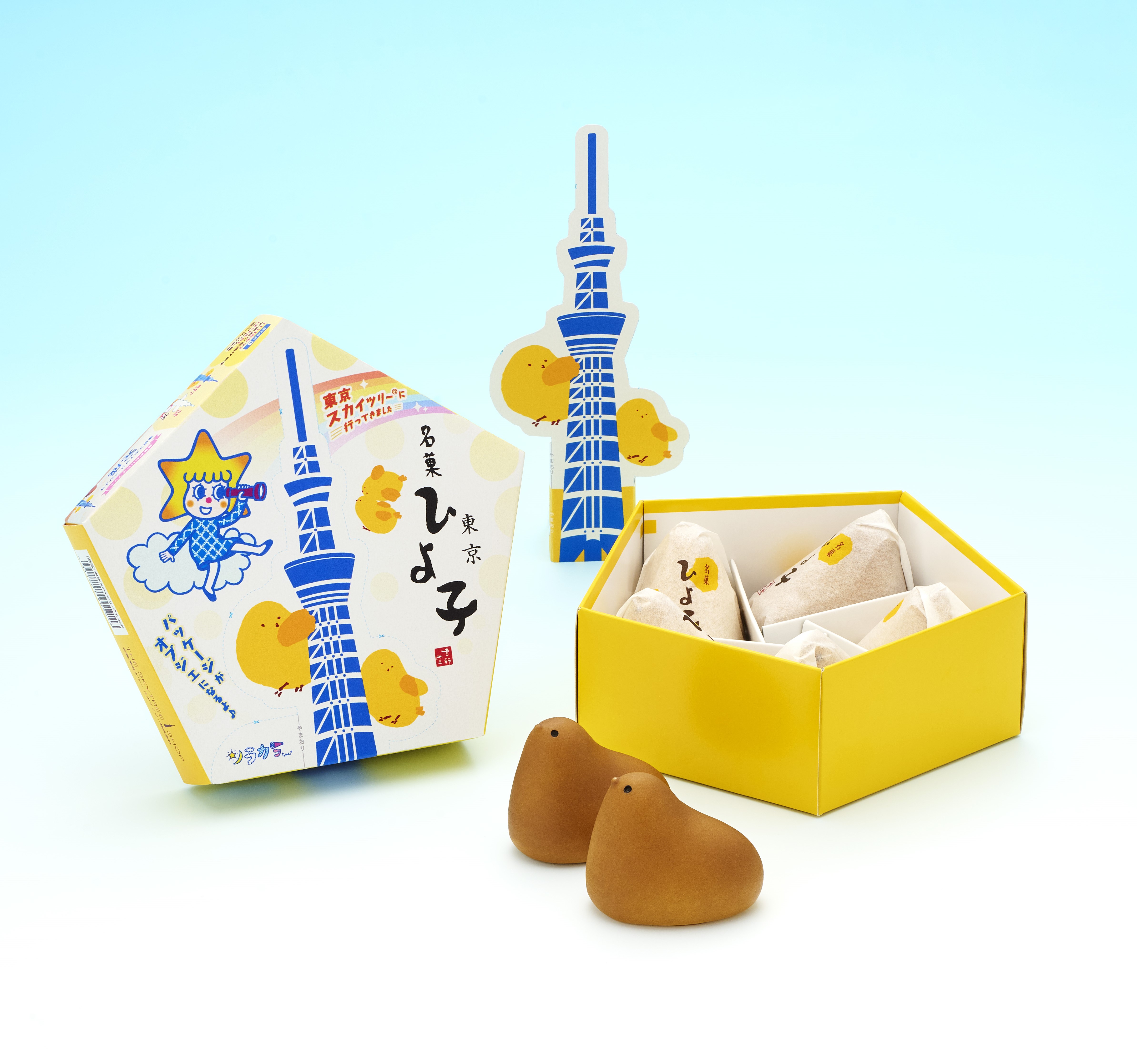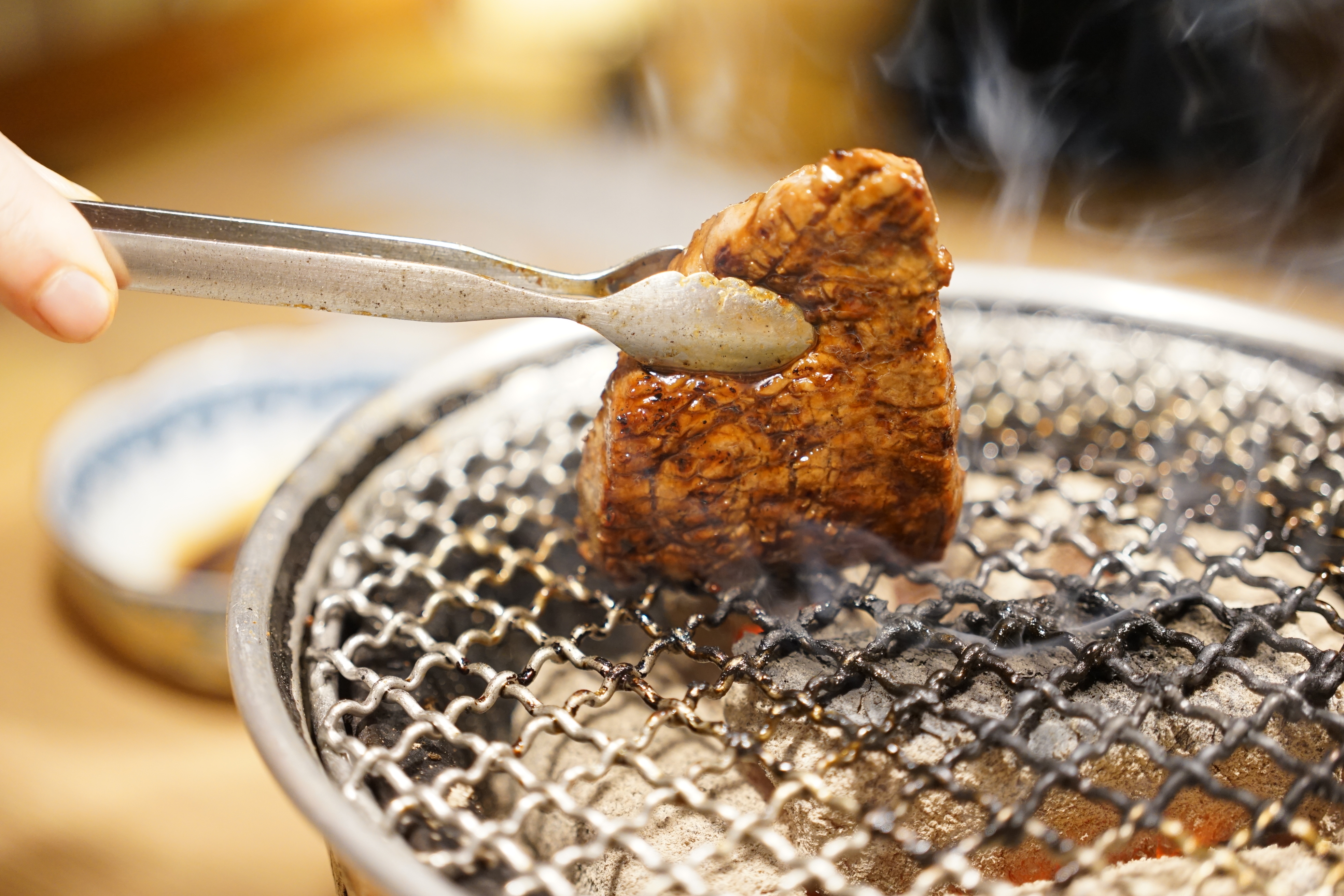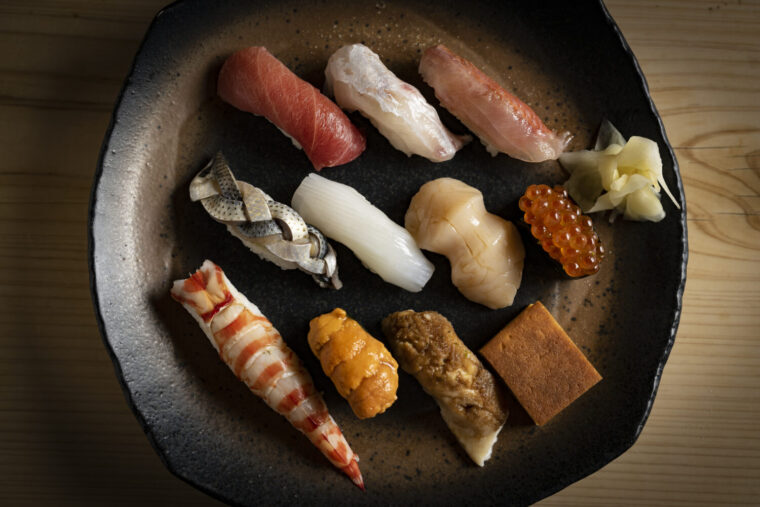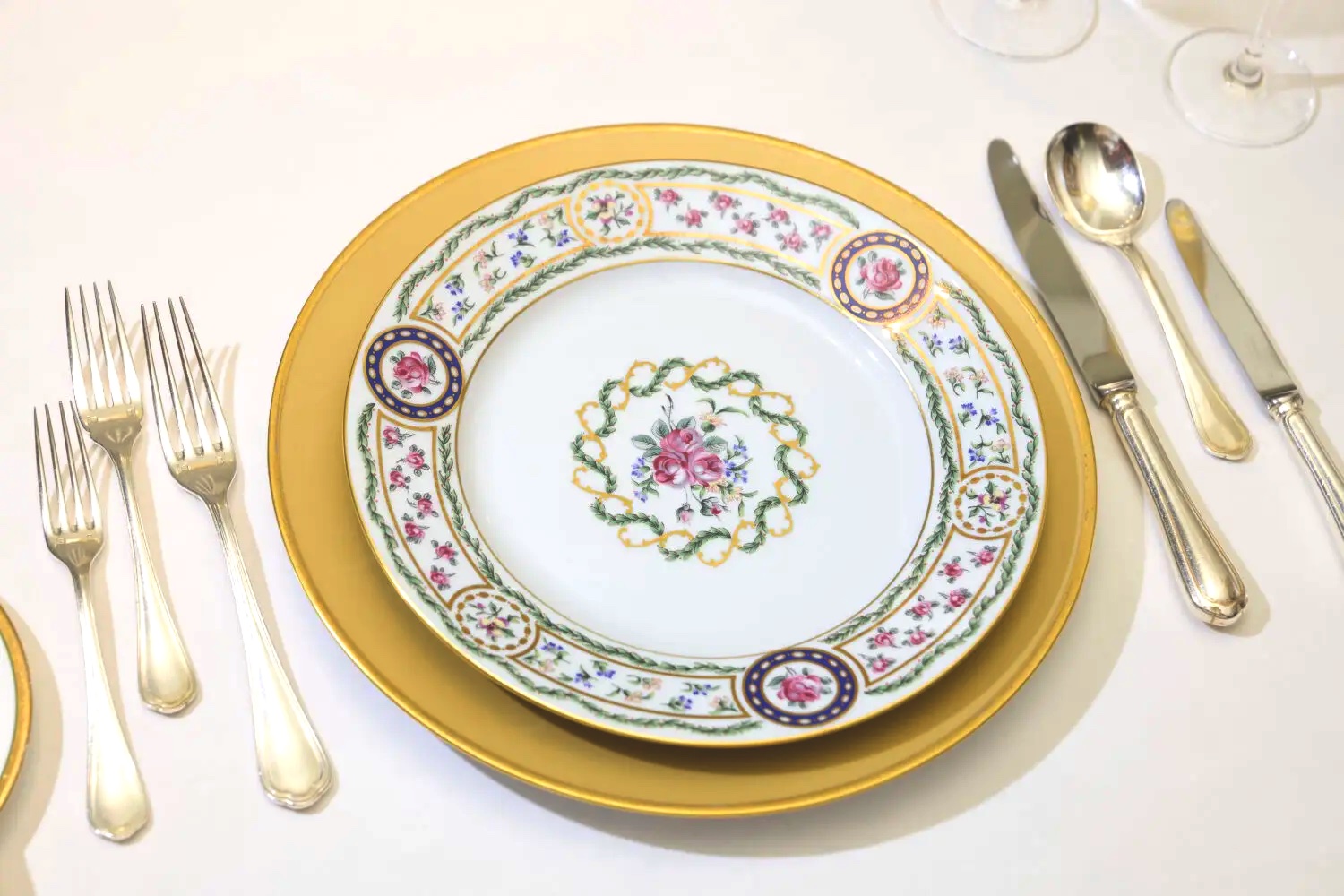
Ultimate Guide to Fine Dining Etiquette: How to Navigate a Full-Course Meal with Grace
If you’re invited to dine at a fine hotel restaurant, it’s only natural to feel a bit nervous, right? You might be concerned about the dress code, but what’s even more important is proper table manners. It’s essential to know at least the basic etiquette to ensure your important partner or business associate enjoys a pleasant dining experience.
That’s why we visited “La Provence,” the fine dining restaurant at Hotel InterContinental Tokyo Bay in Takeshiba, Tokyo, to learn the fundamentals of table manners.
share:
Table of Contents
From Entering the Restaurant to Being Seated
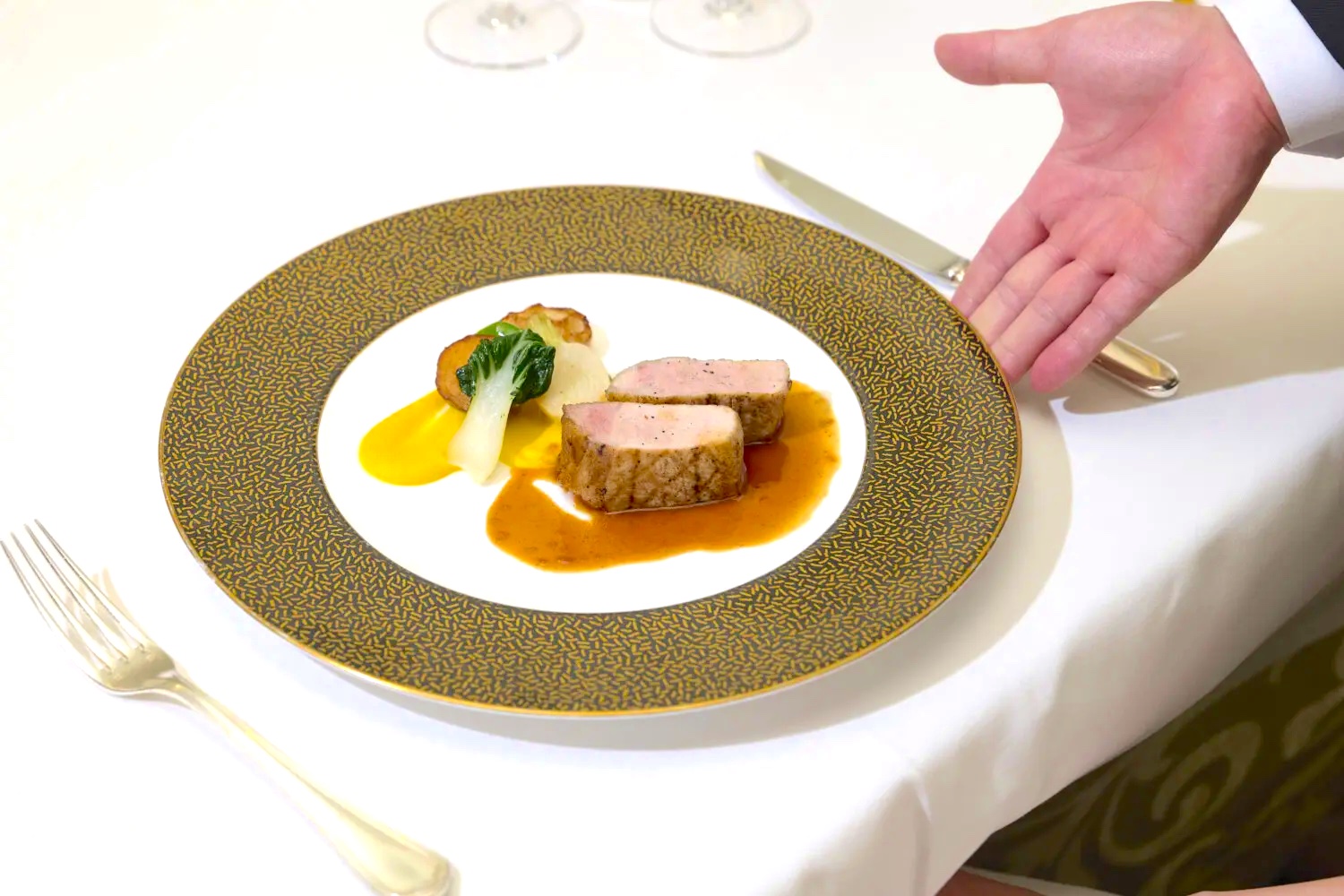
There are two main types of table manners: “French style” and “British style,” each with different interpretations. At “La Provence,” we learned manners based on the British style.
Before entering the hotel or restaurant, remove your coat. Since getting up during the meal is considered impolite, it’s best to use the restroom beforehand. High-end hotels are grounded in Western culture, so always practice “ladies first” from the moment you enter.
Wait for the floor staff to pull out your chair before sitting. There’s no need to rush.
Before the Food Arrives
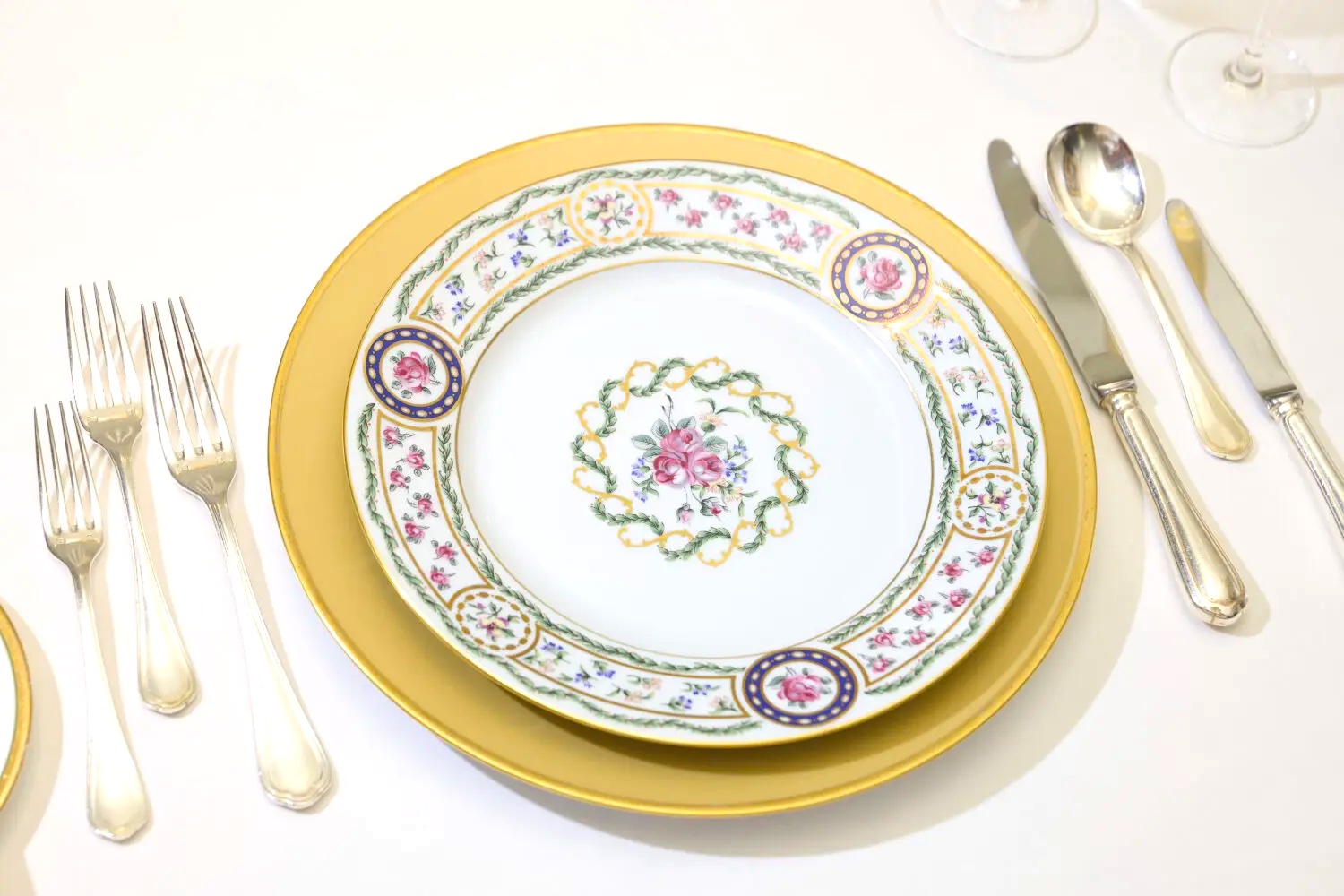
Once seated, take a moment to appreciate the charger plate. This is an important decorative item that enhances the table and restaurant ambiance. It’s traditionally a way for the host to express heartfelt hospitality using fine plates.
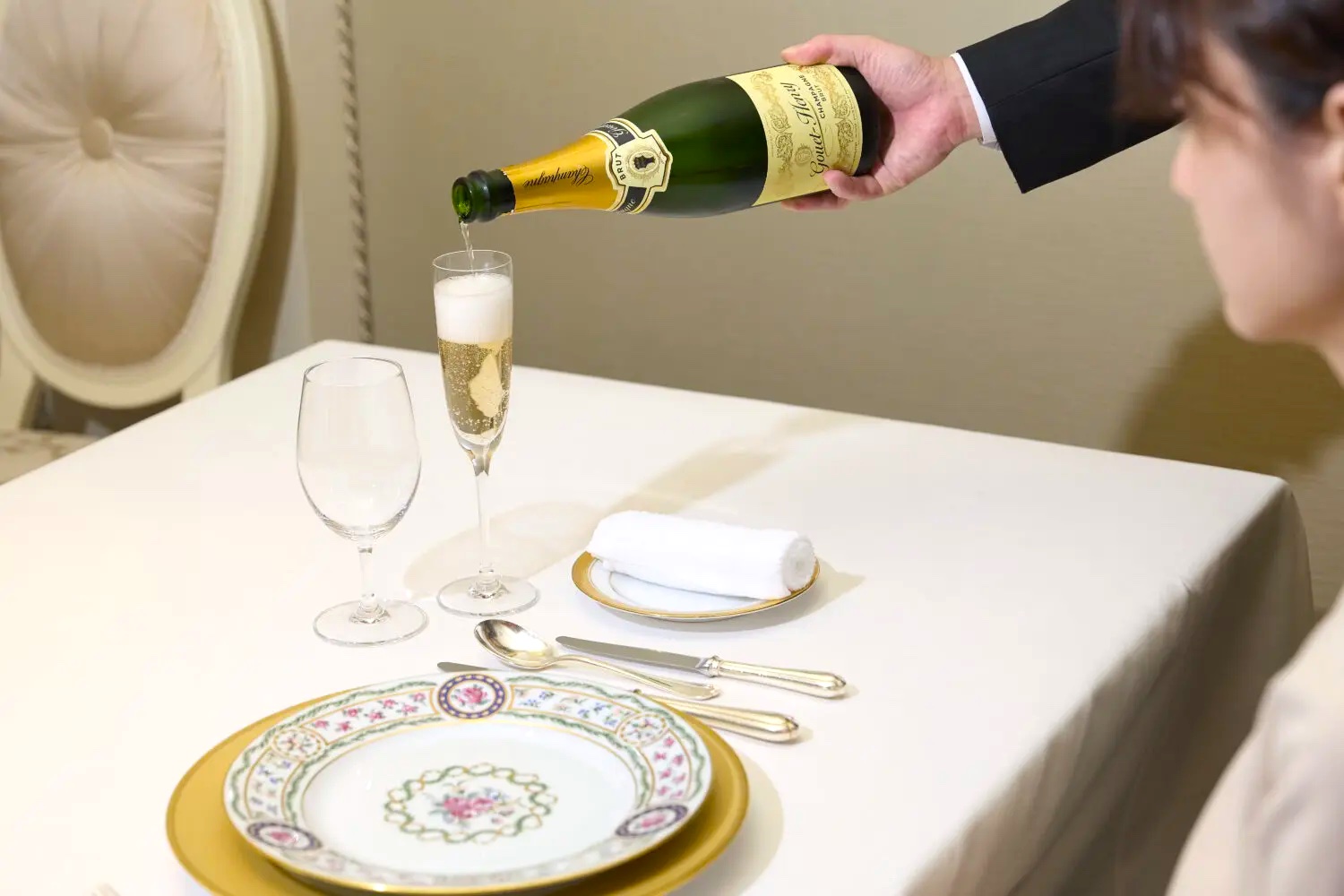
After admiring the plate, order your drink. Champagne or sparkling wine is recommended for toasts. Of course, non-alcoholic options are perfectly acceptable.
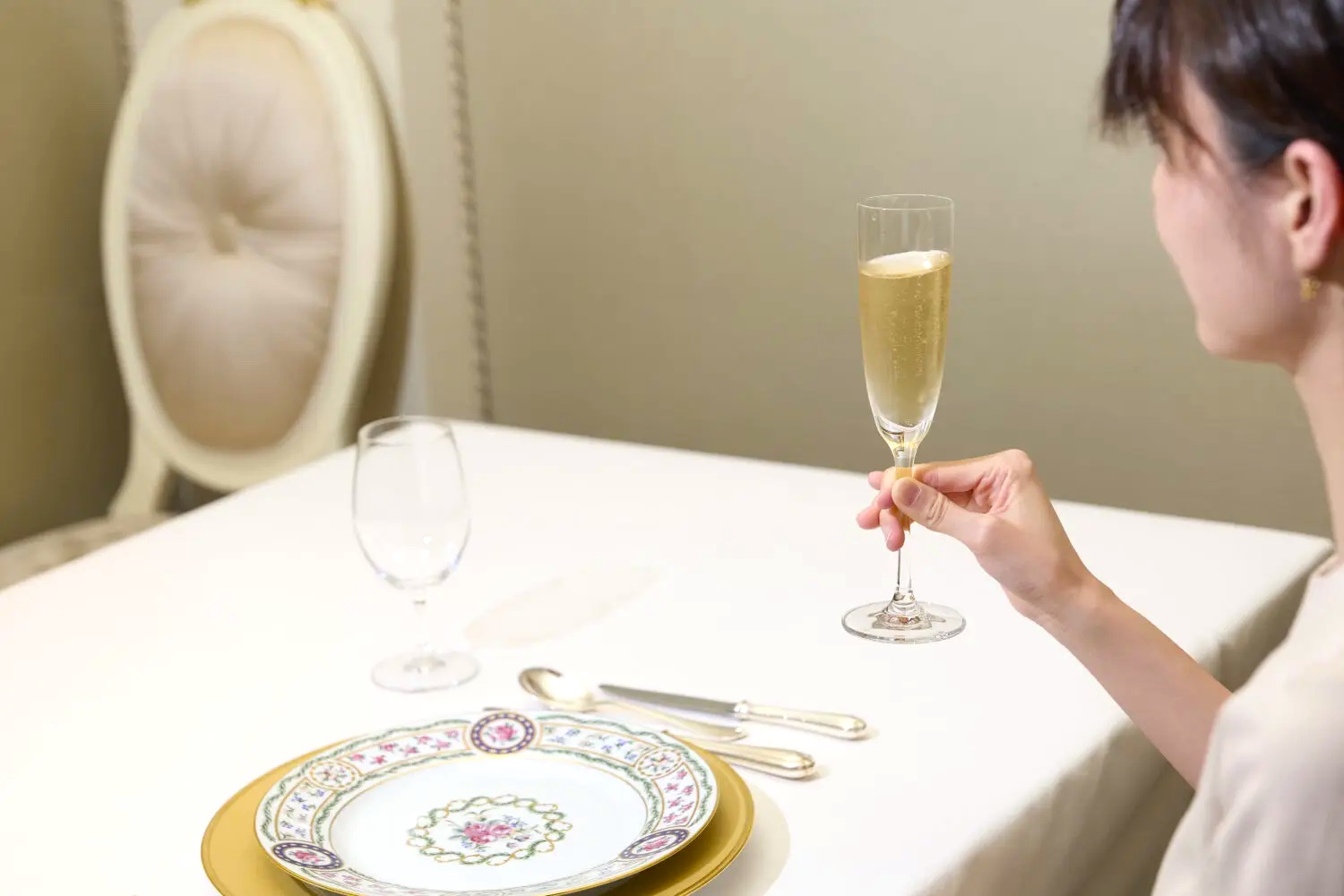
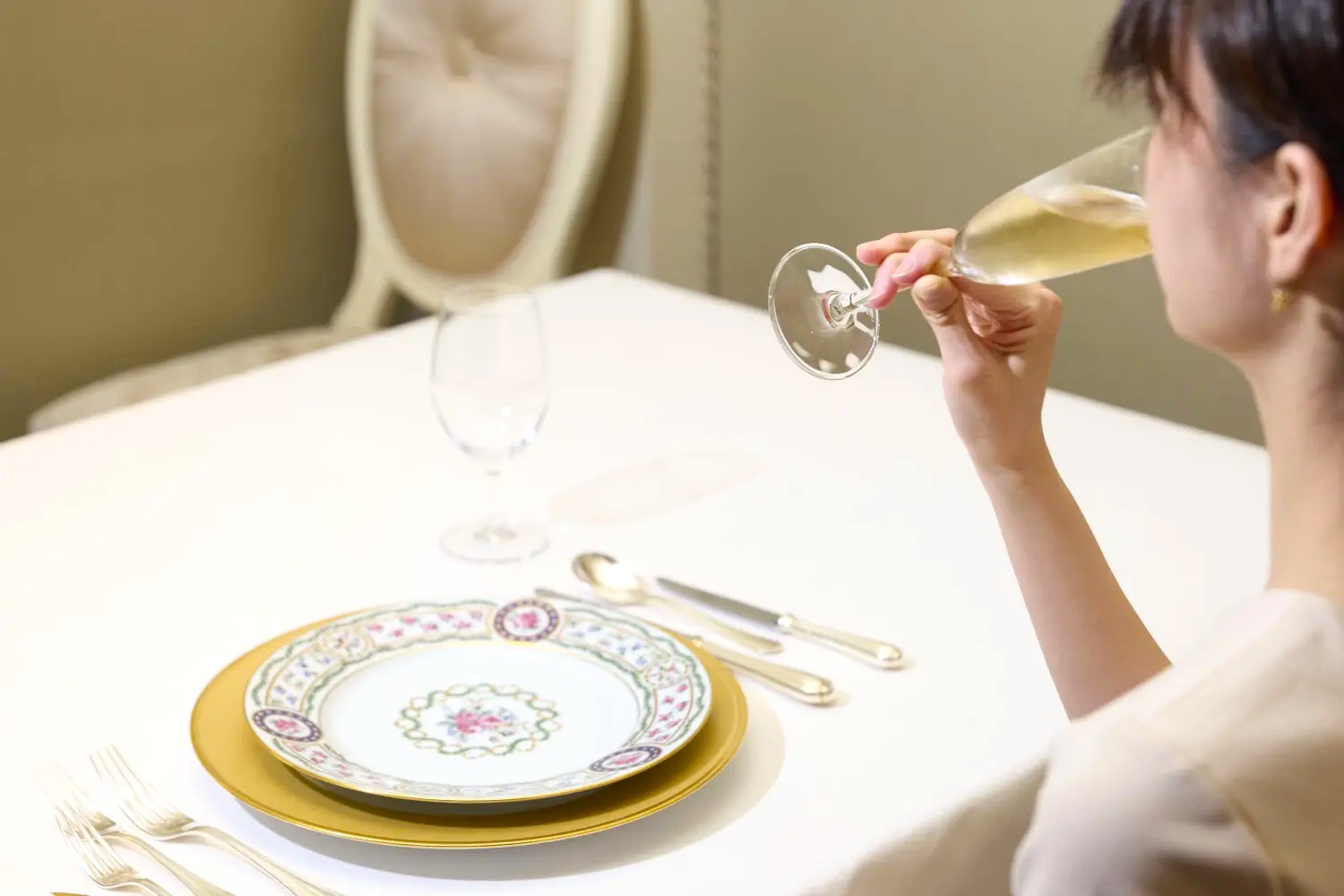
Hold your wine or champagne glass by the stem to avoid transferring your body heat.
For toasts, do not clink glasses—simply raise them slightly. This helps prevent damaging expensive glassware.
How to Use a Napkin
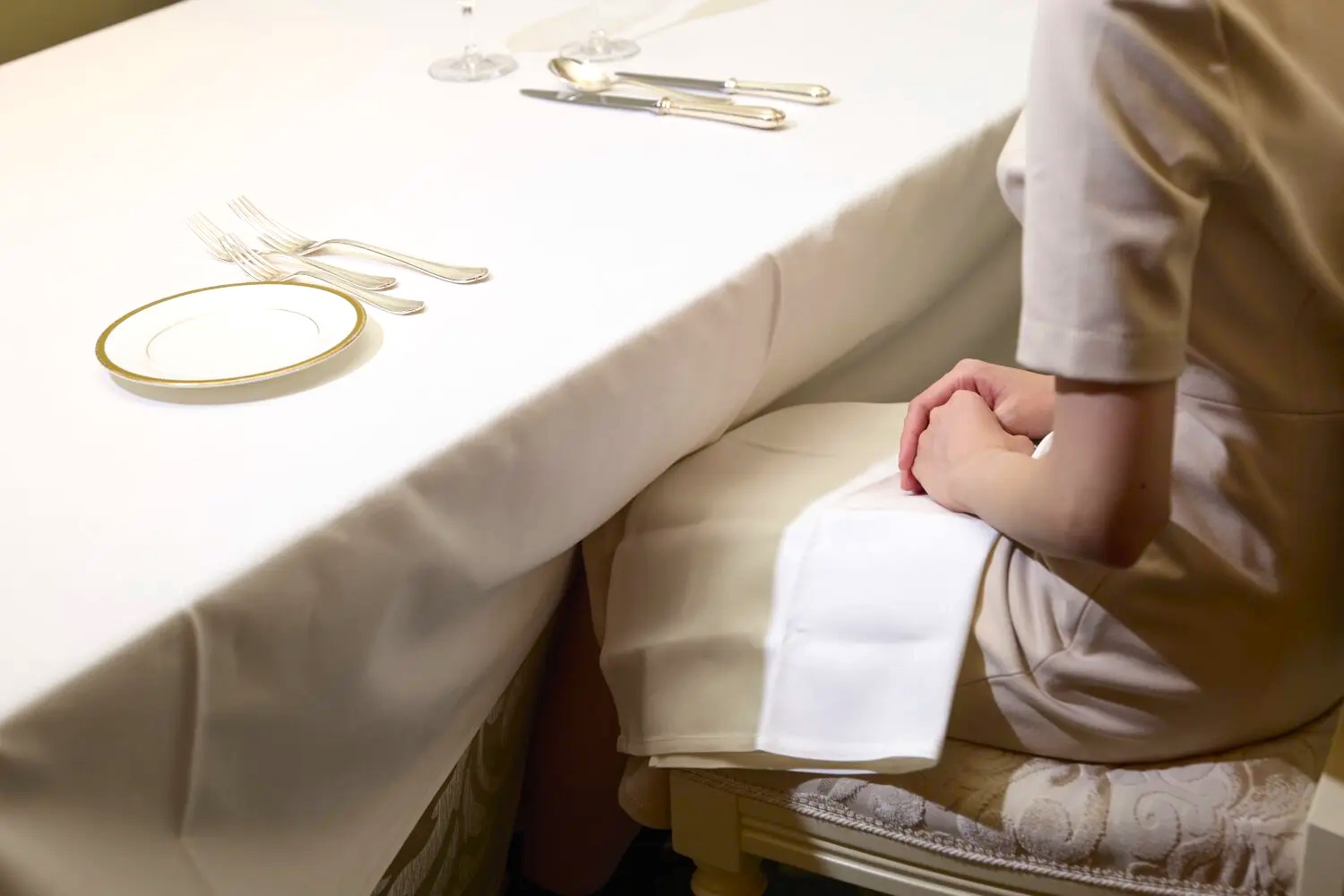
Place your napkin on your lap before the food arrives.
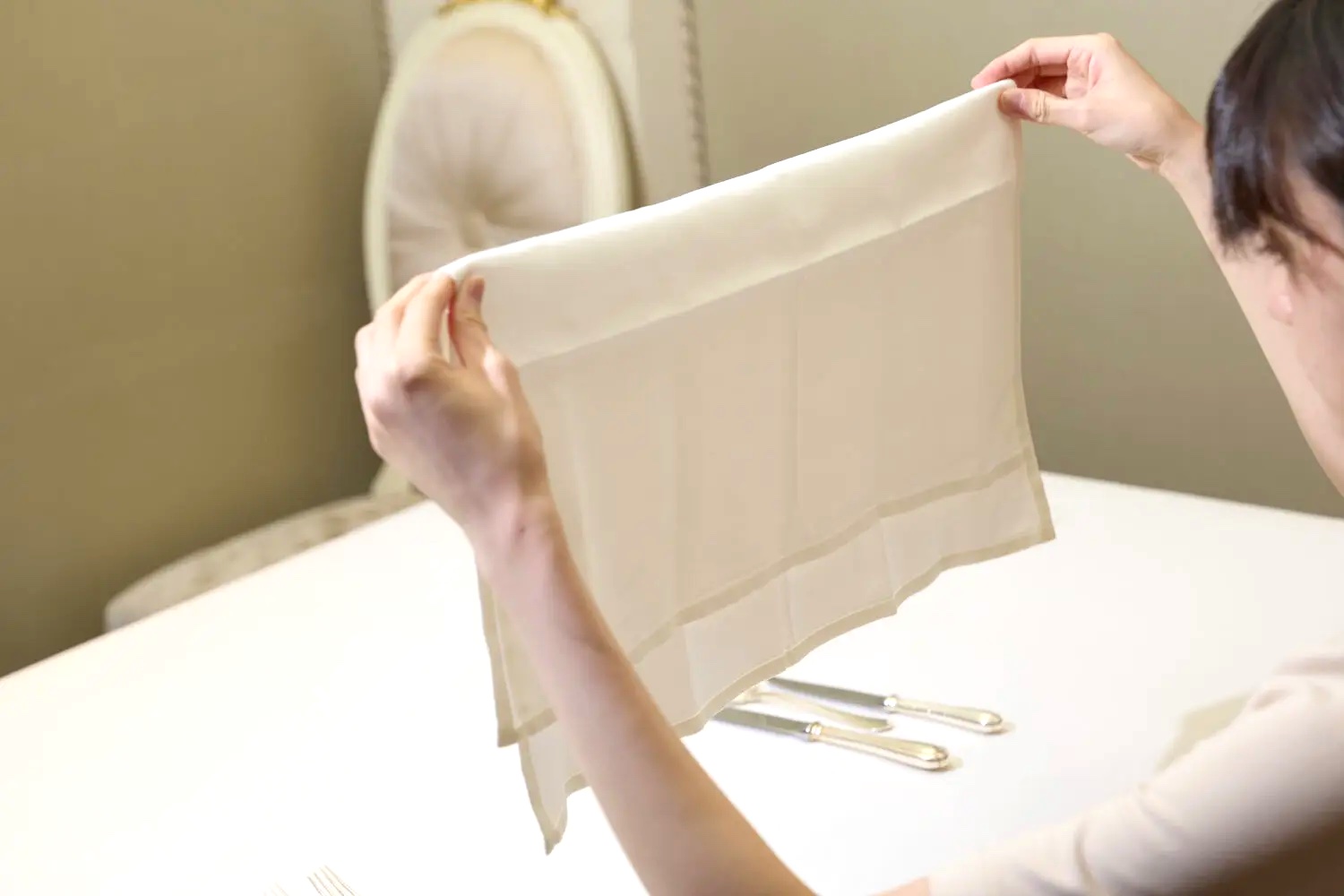
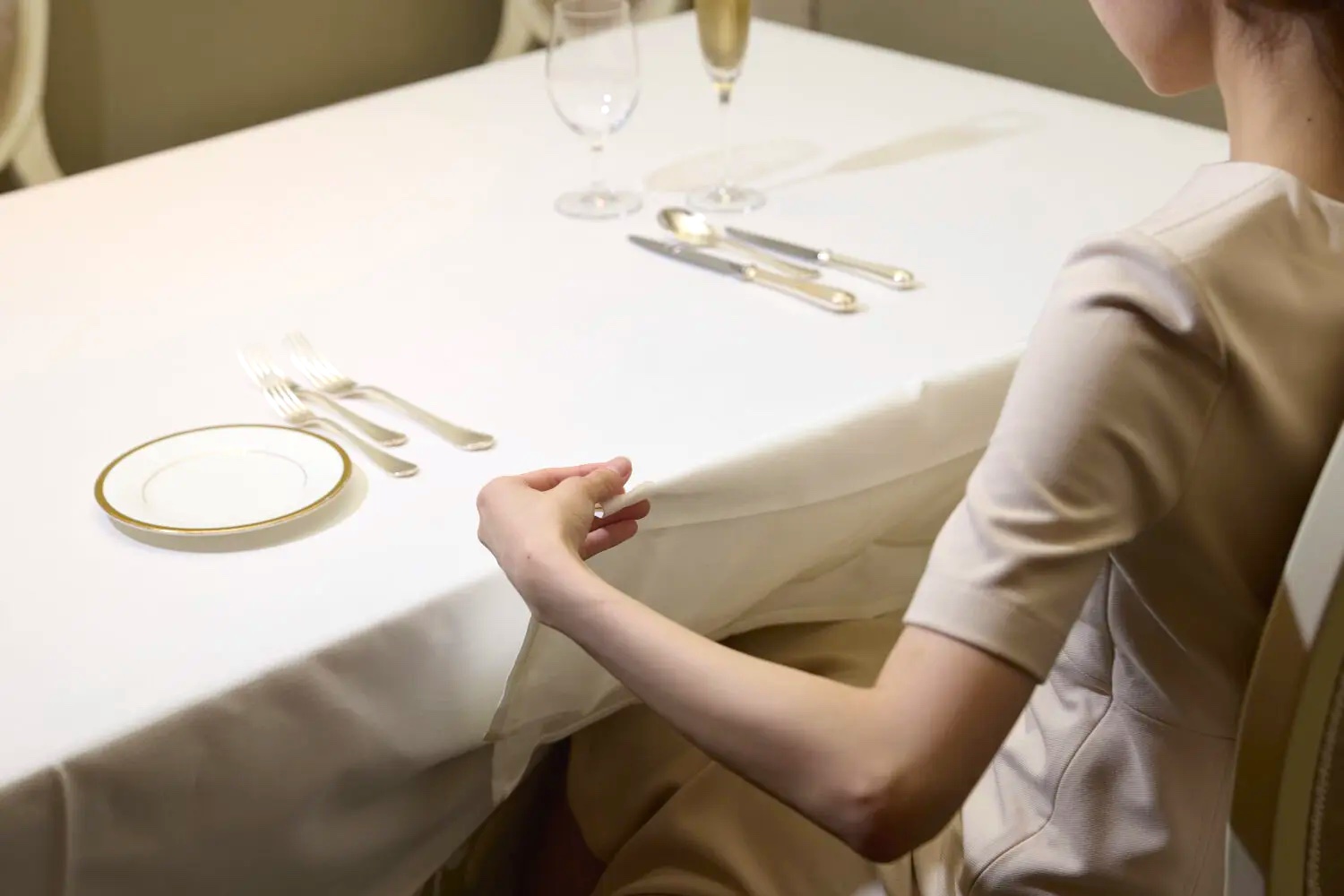
Fold it in half with one side slightly longer, and place it on your lap with the folded edge facing you.
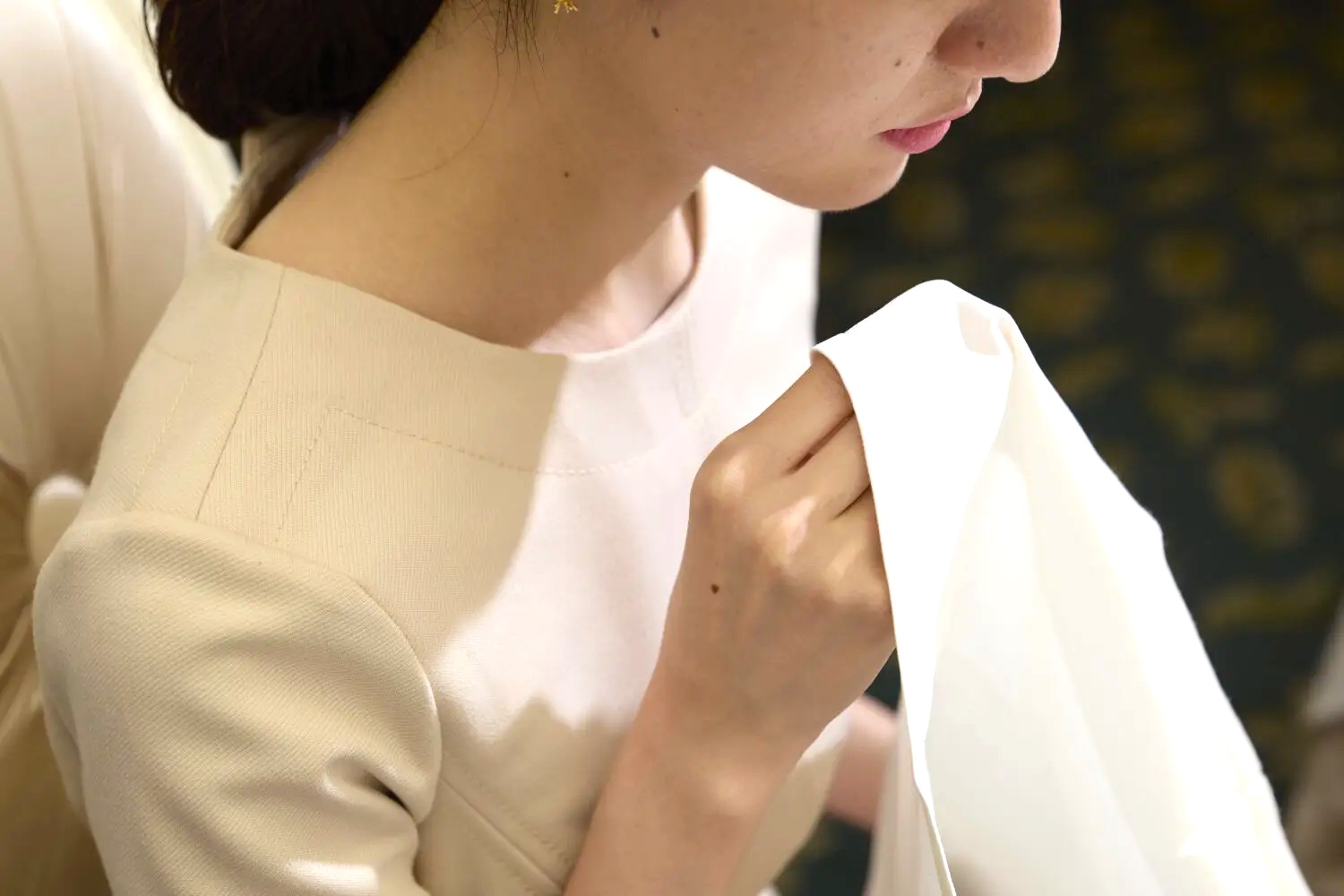
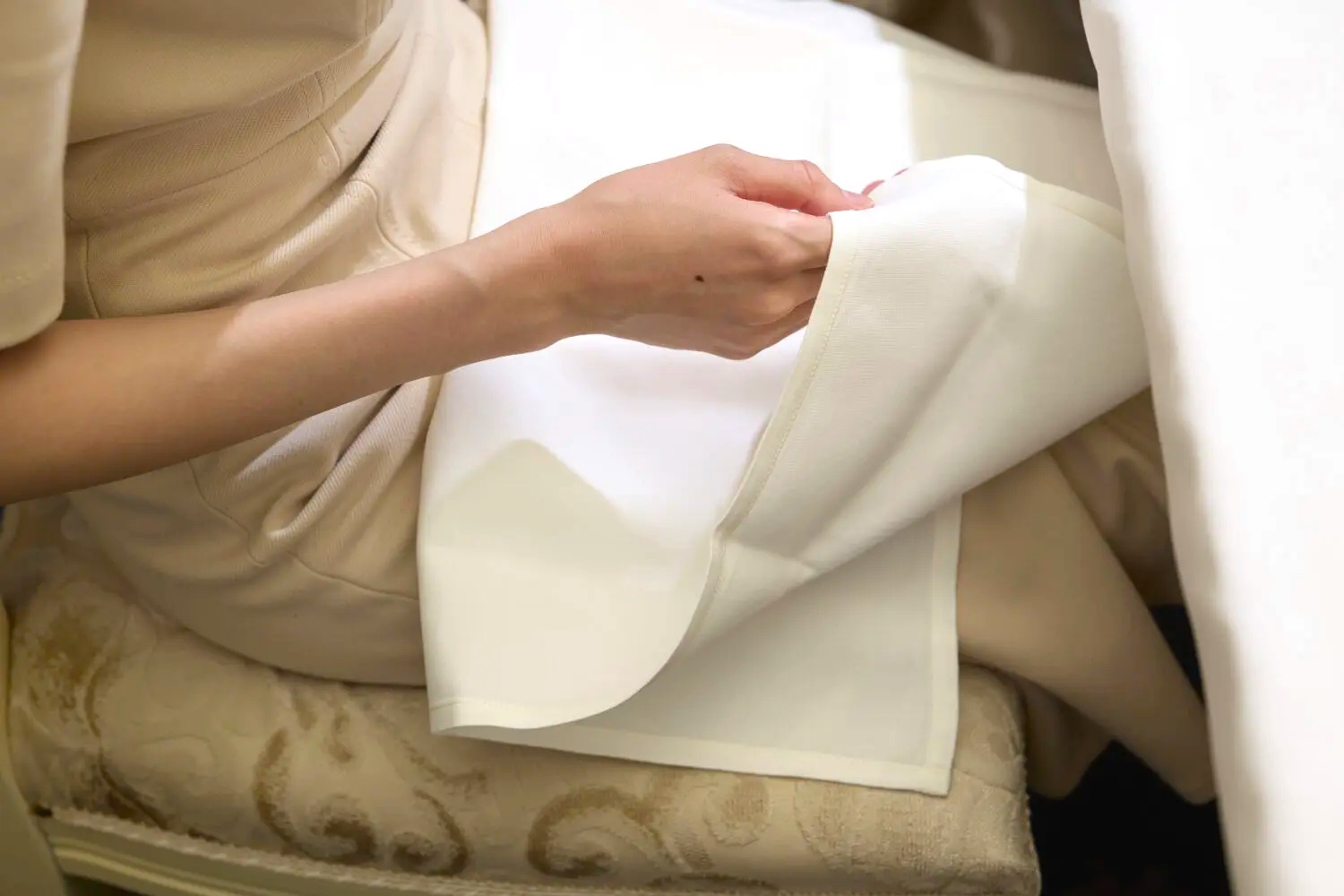
When wiping your mouth, use the inside of the napkin. It’s polite not to show any stains to others.
Using Cutlery
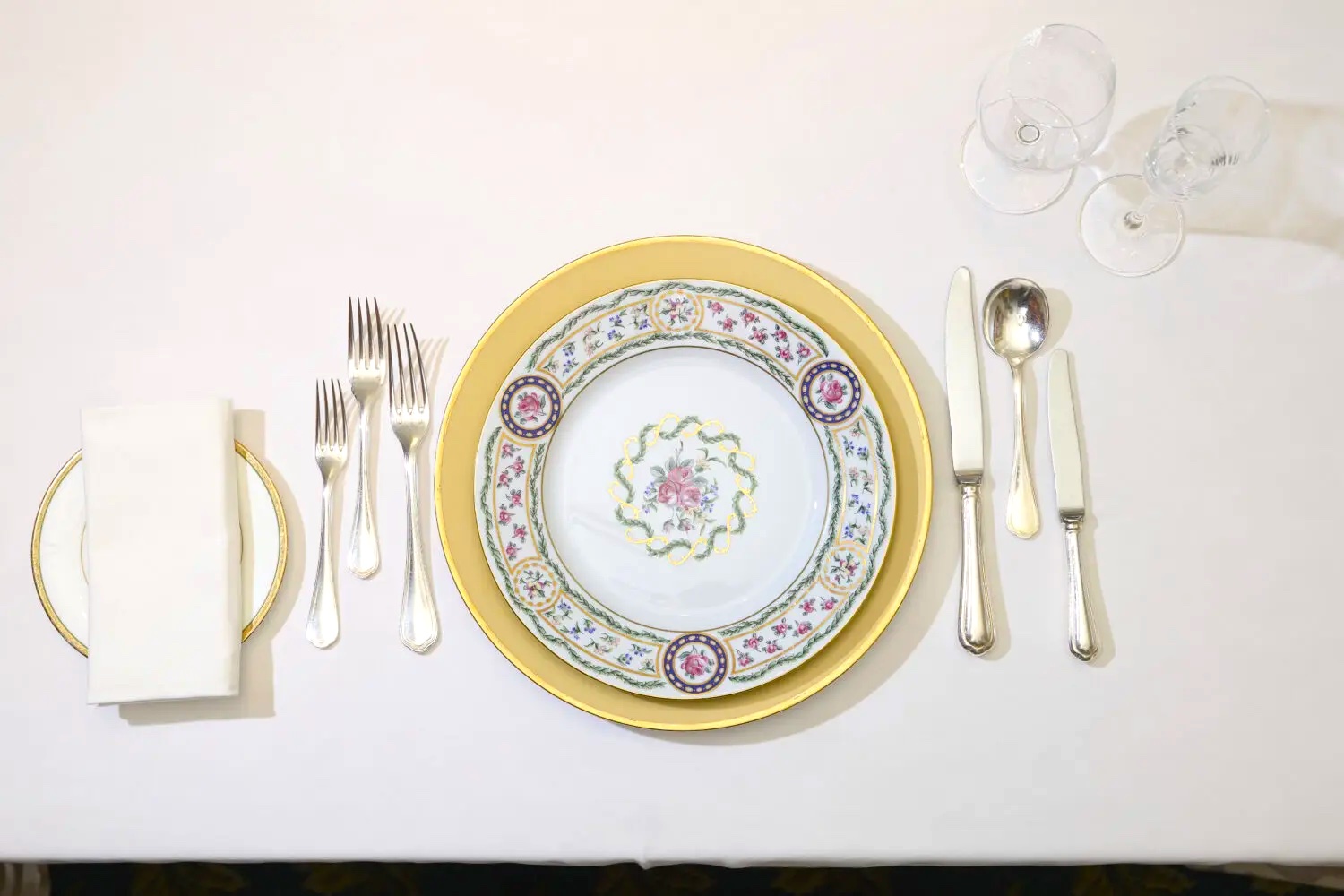
Many people feel confused when they see multiple forks and knives. These are arranged for each course, and you should use them from the outside in.
(Left-handed individuals may switch hands as needed.)
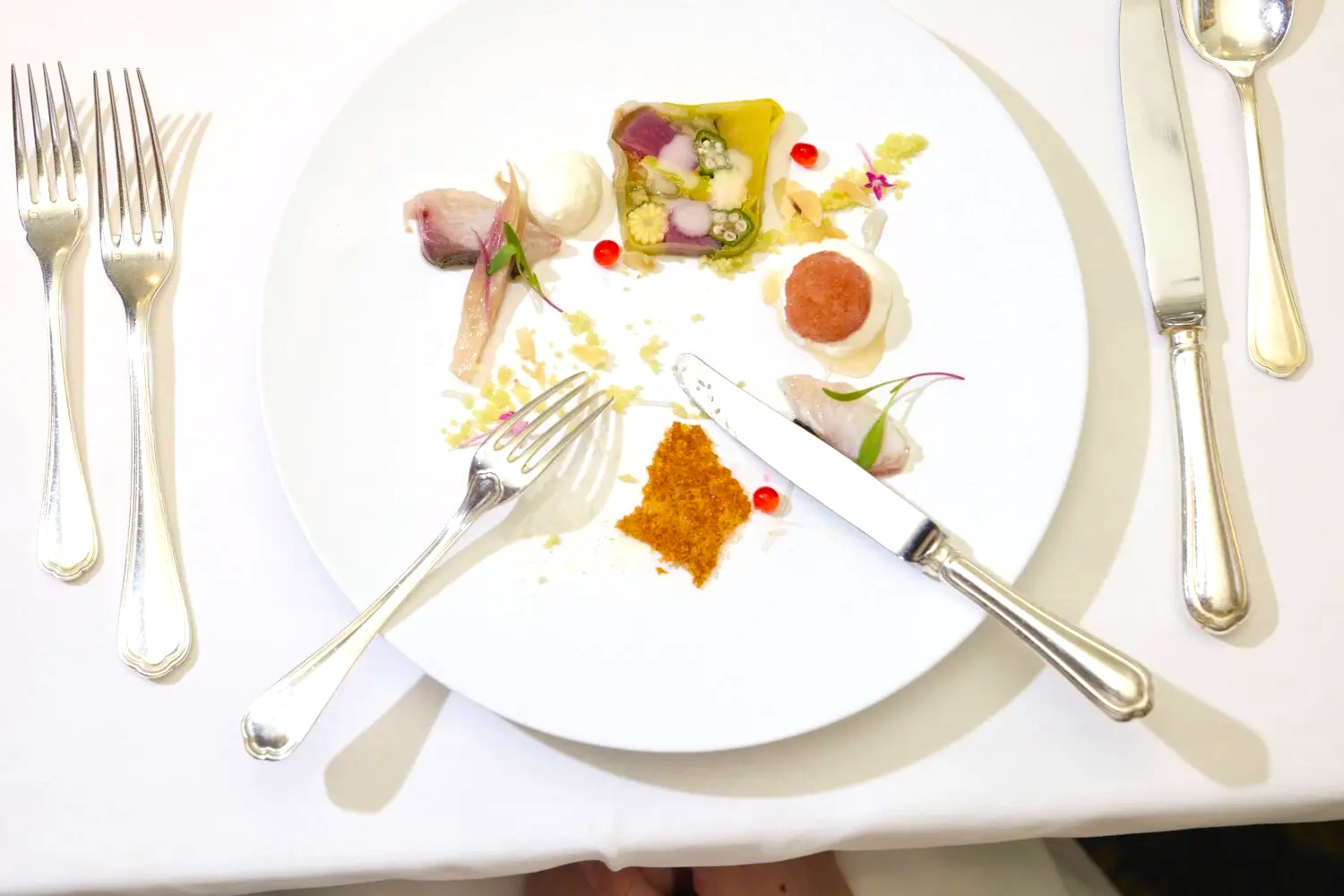
Cutlery placement also conveys a message. Placing them in a “V” shape on the plate indicates you’re still eating. Position the knife with the blade facing inward.
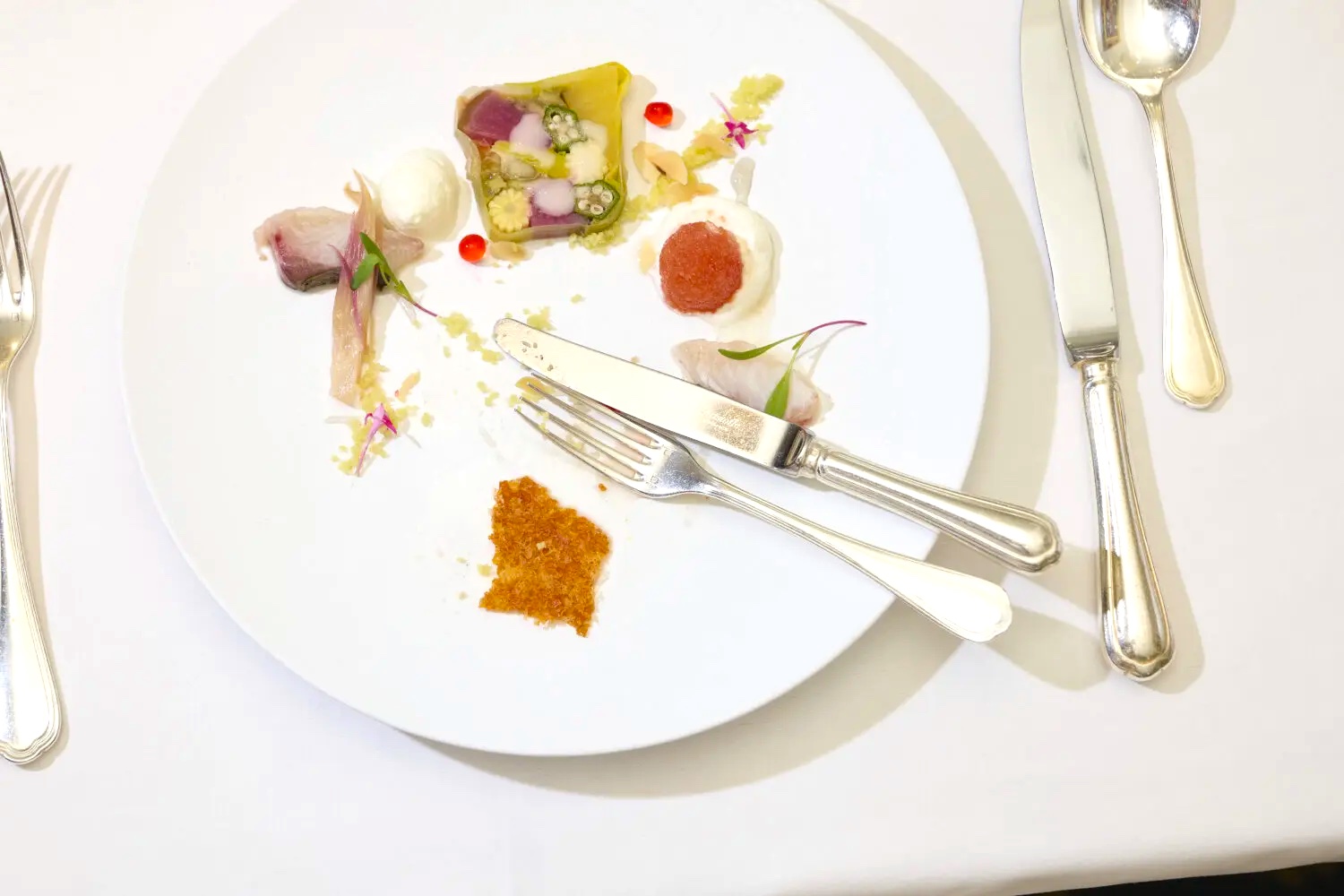
Aligning your knife and fork signals you’ve finished eating. In French style, they are placed at the 3 o’clock position; in British style, at 4 o’clock (as shown). The knife blade should face inward, and the fork should face up.
(The dishes were enjoyed after the photos were taken!)
Course Meal Flow
Amuse-bouche
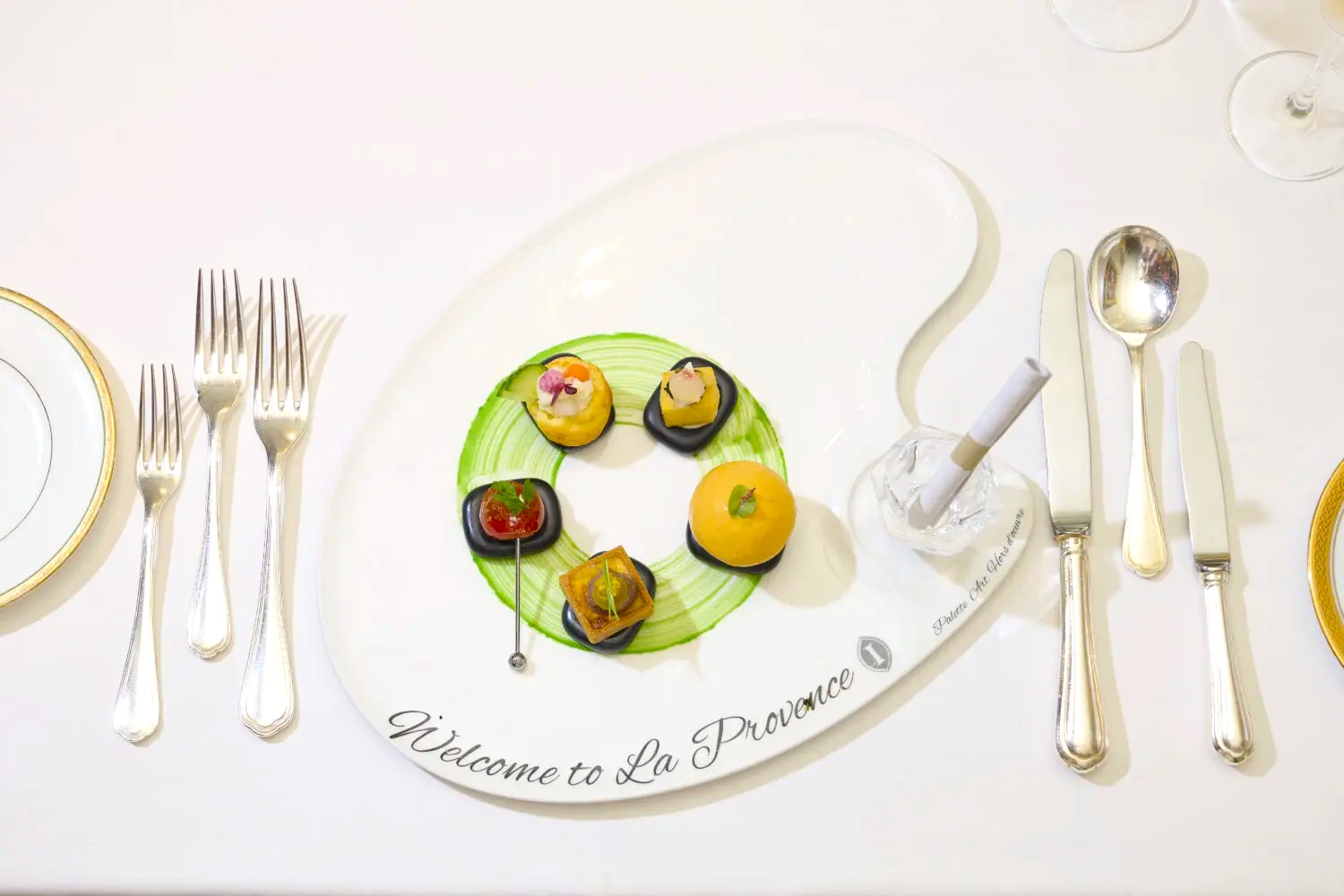
The meal starts with an amuse-bouche, a bite-sized hors d’oeuvre served with an aperitif.

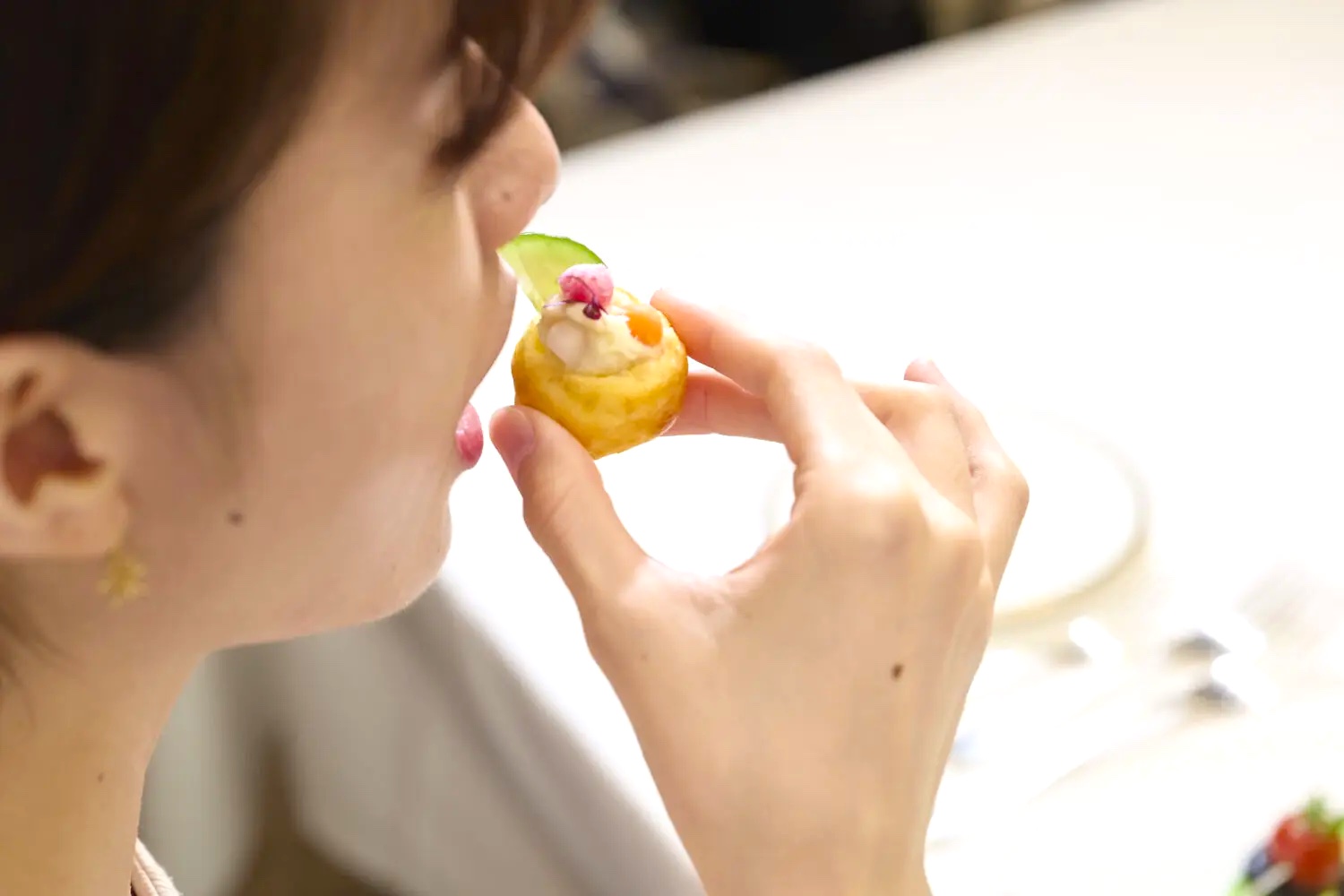
First, enjoy the presentation. Small amuse-bouche items can be eaten by hand.
Soup & Bread
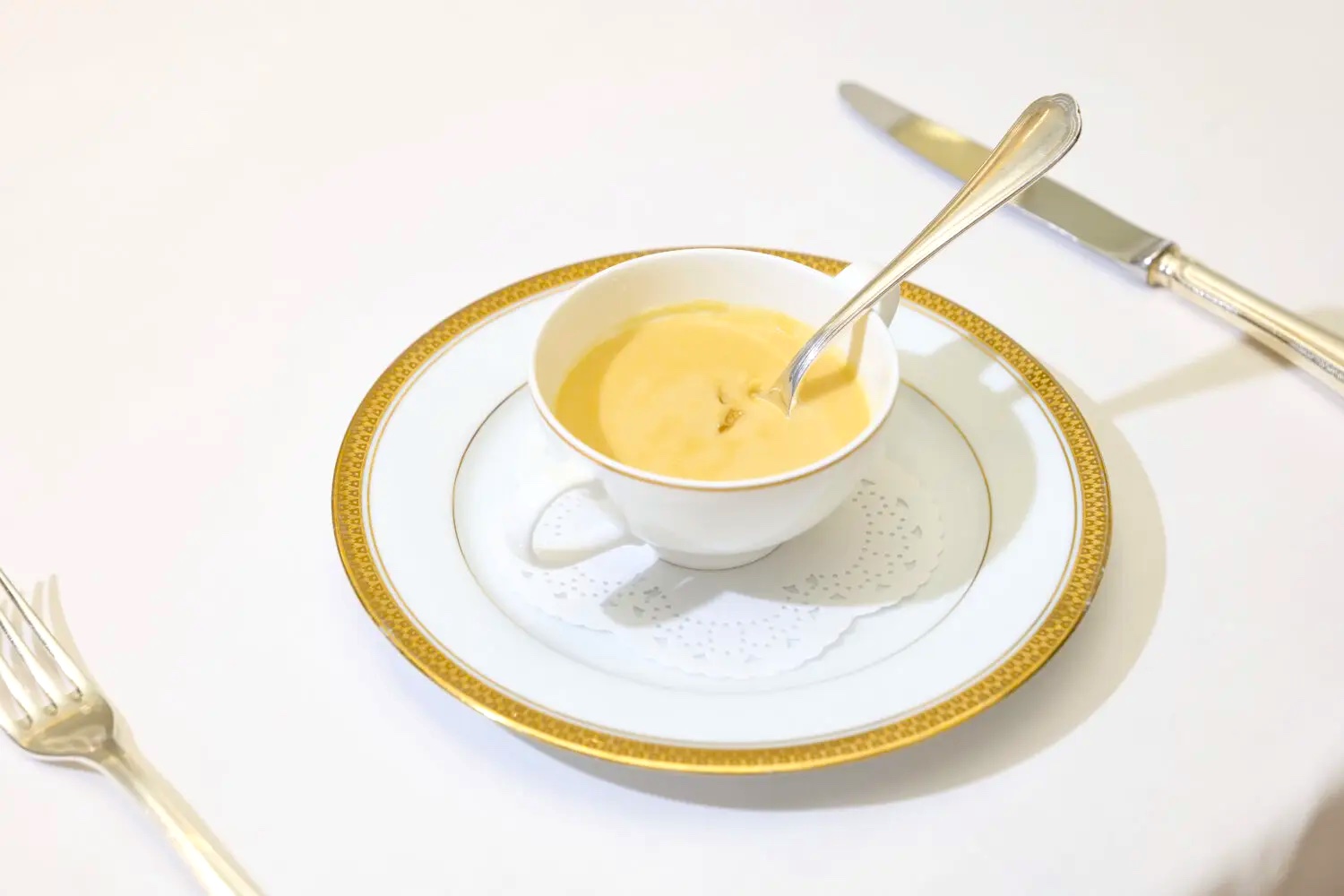
Before the main dish, Western cuisine often serves soup and bread.
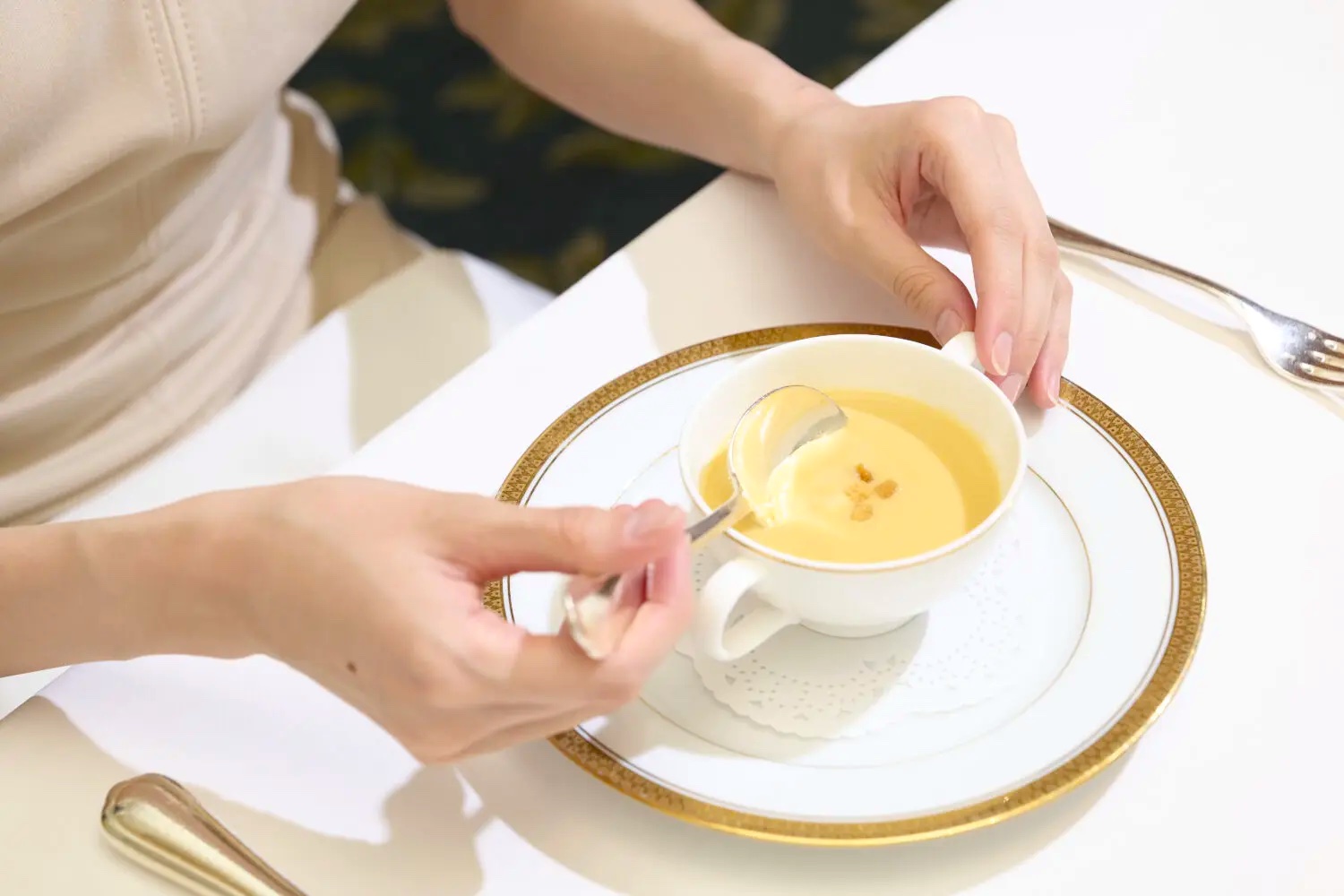
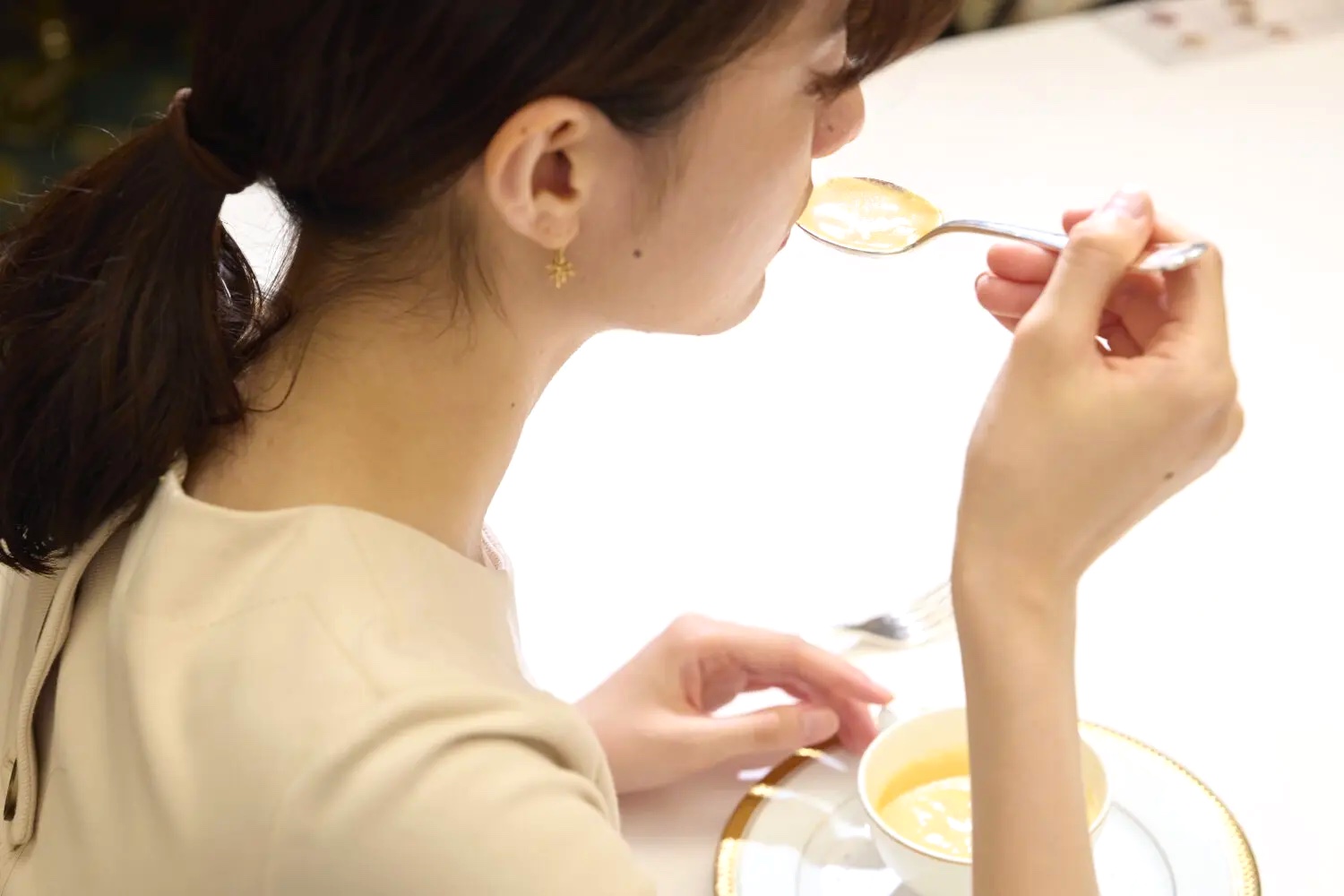
Scoop the soup away from you, British style. Sip quietly, little by little. When tilting the bowl to finish the soup, hold the front left and tilt it away.
Place the spoon on the plate only while eating. It’s acceptable to place it on the saucer if unstable, but note that it may signal you’re finished.
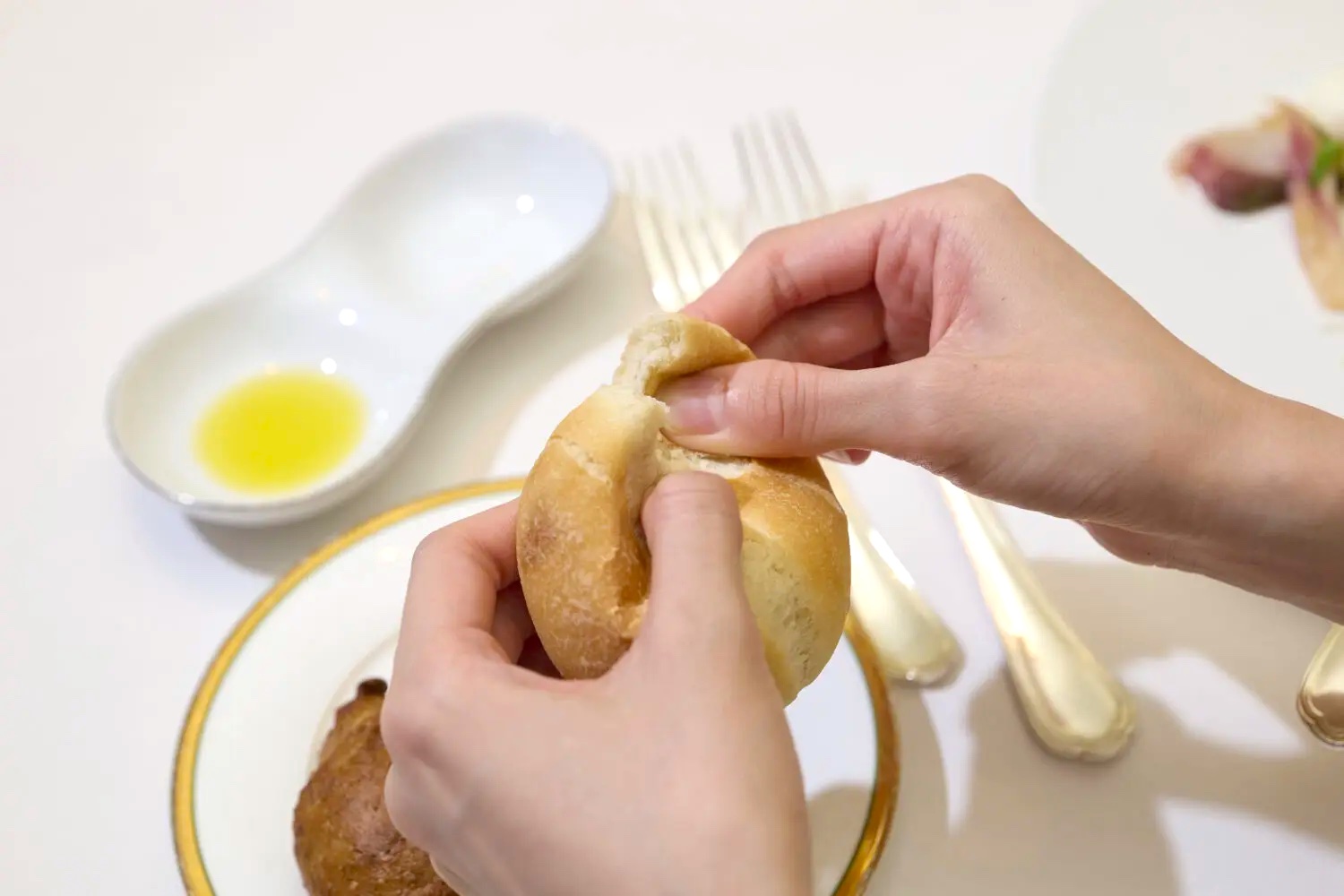
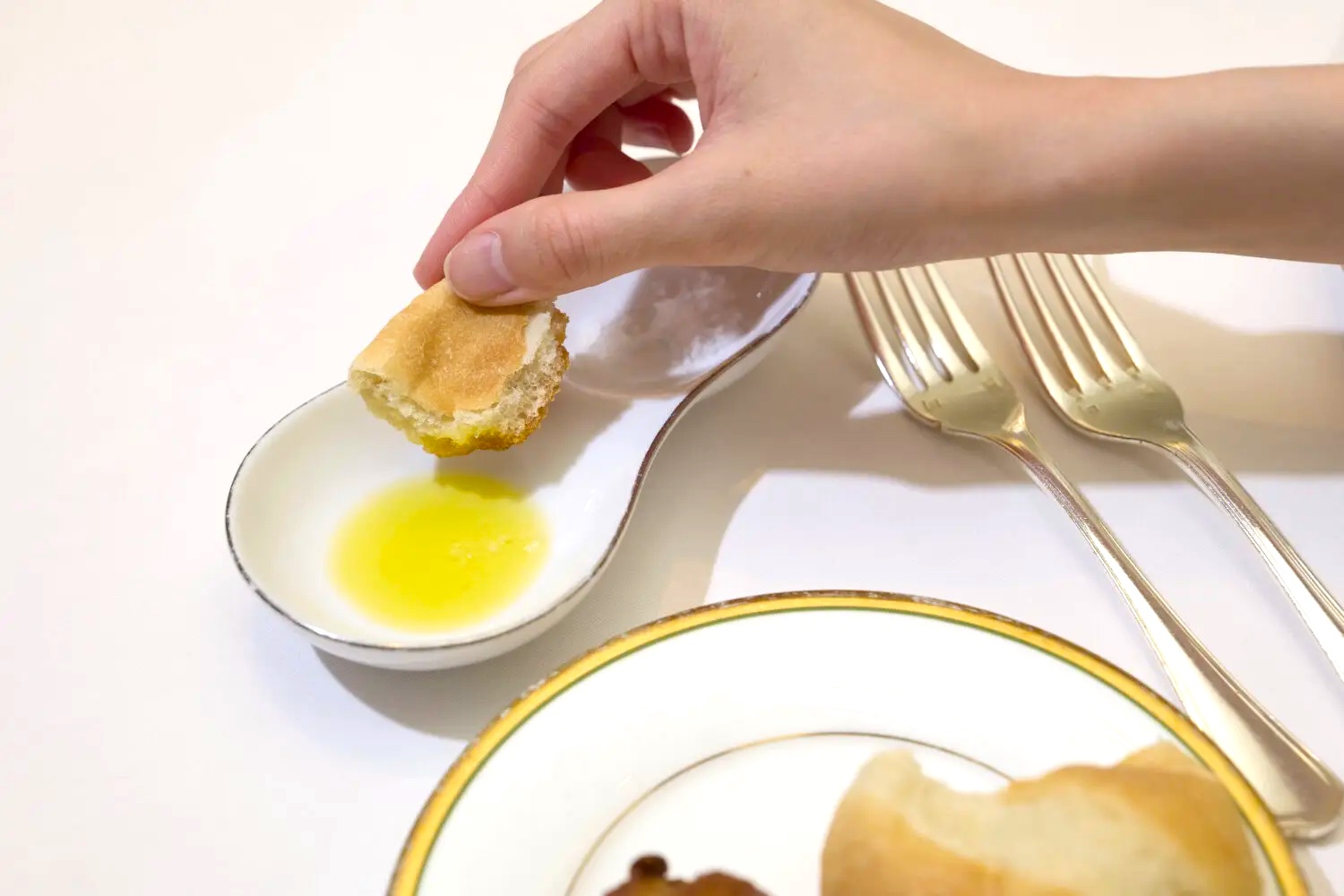
Tear the bread into bite-sized pieces with your hands. If olive oil or salt is provided, feel free to use it. Asking for seconds is acceptable—go with your appetite.
Appetizer
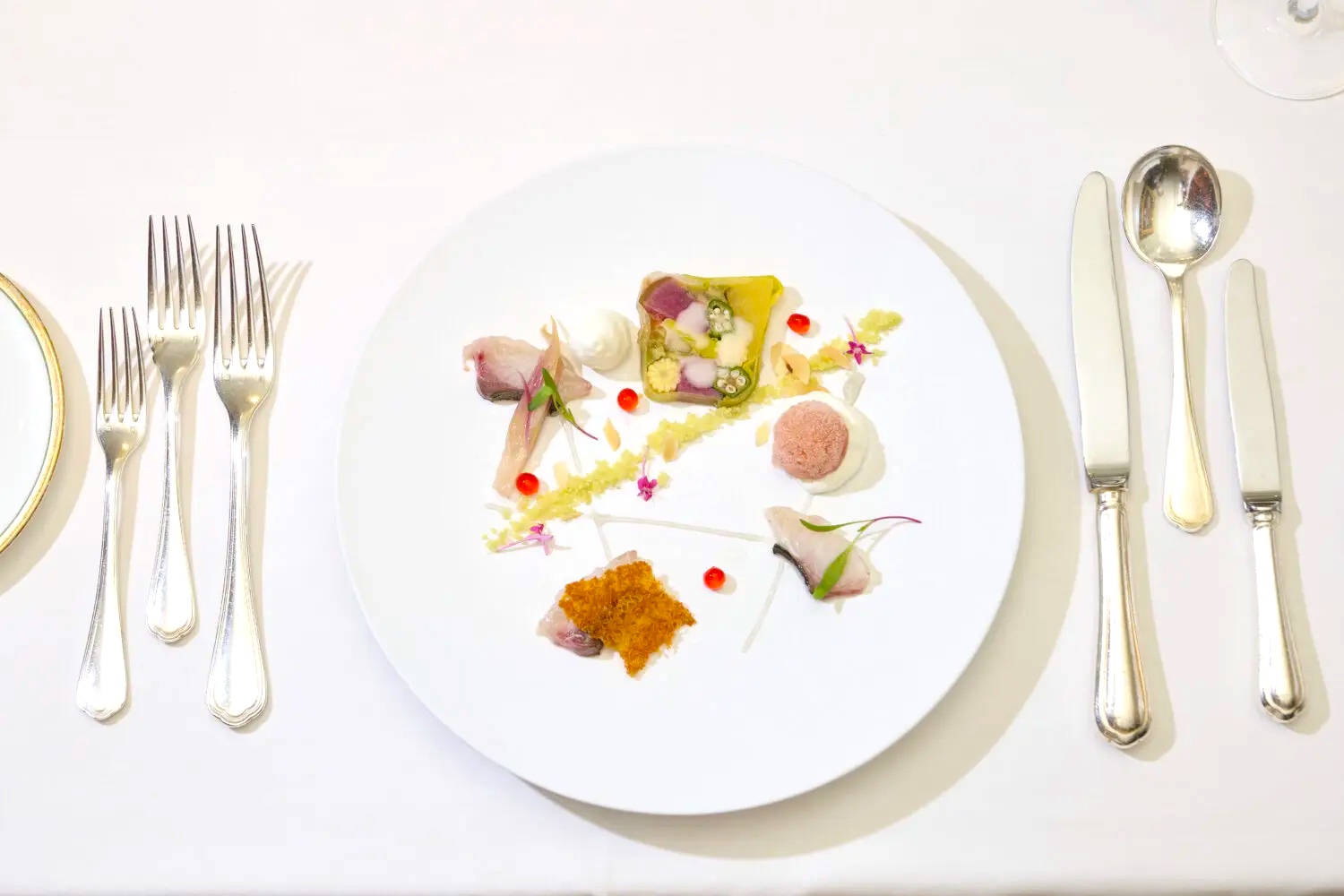
Next comes the cold appetizer—marinated striped jack fish or vegetable terrine, for example.
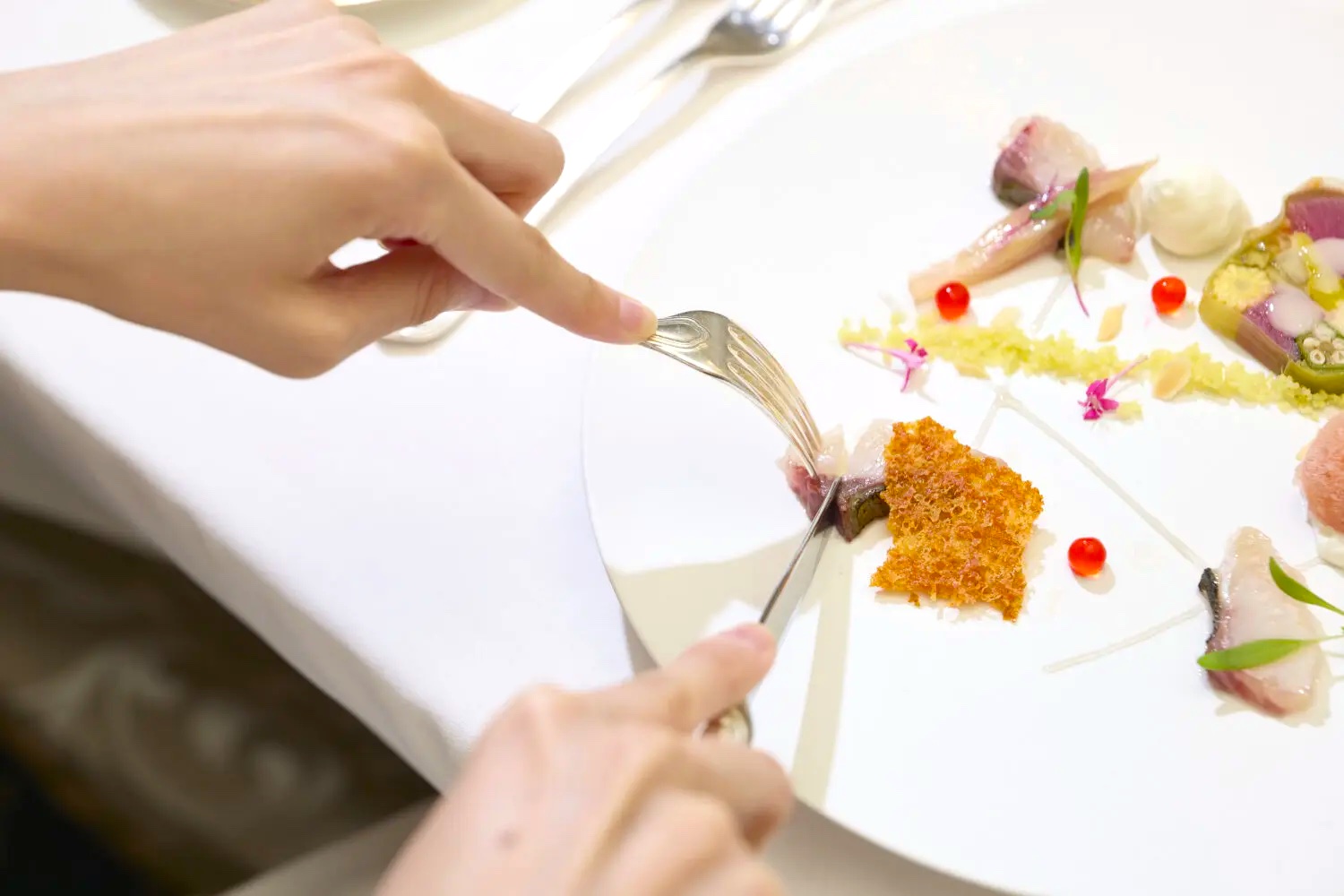
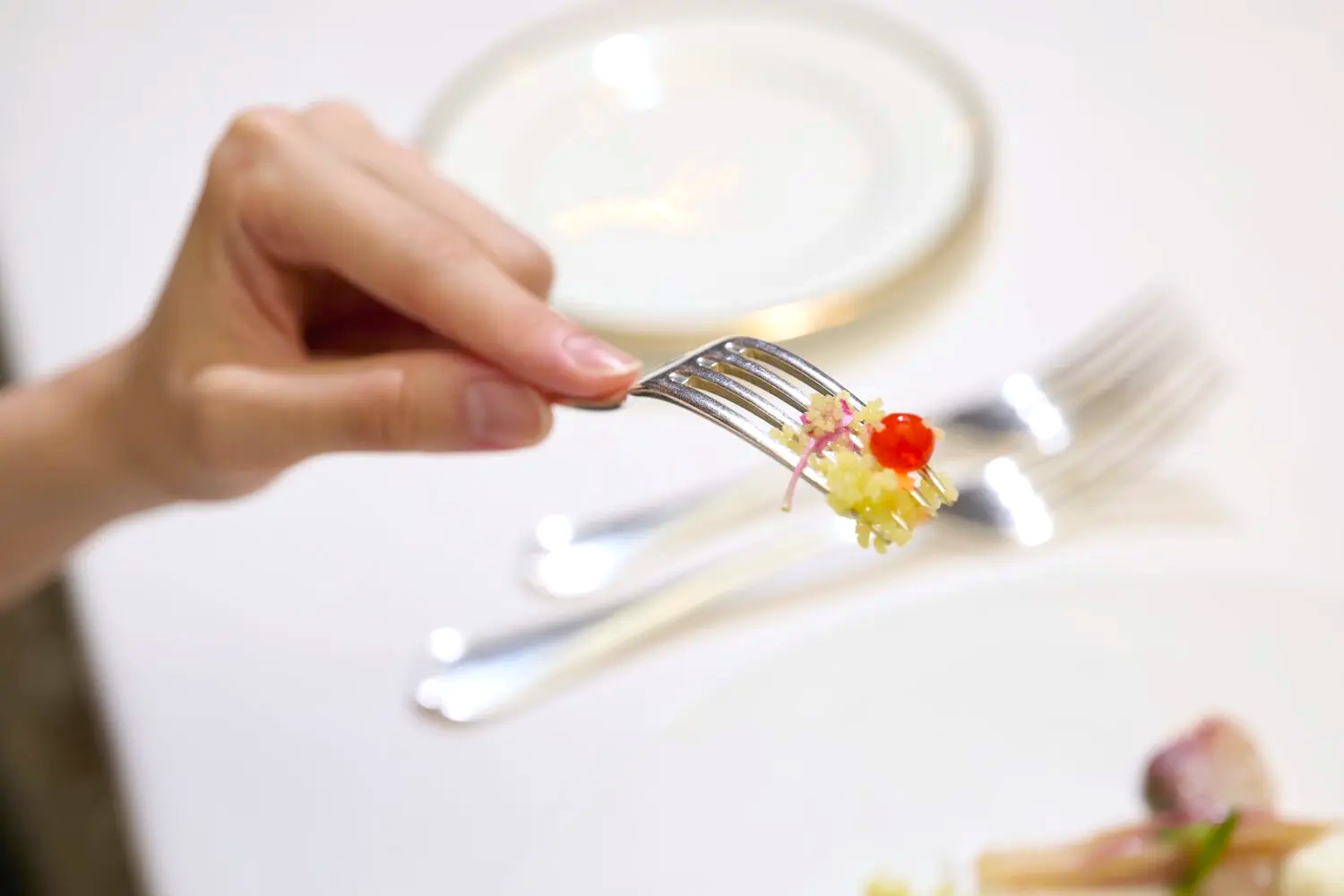
Cut into bite-sized pieces before eating. For finer ingredients like couscous, use the back of the fork. This is a British custom.
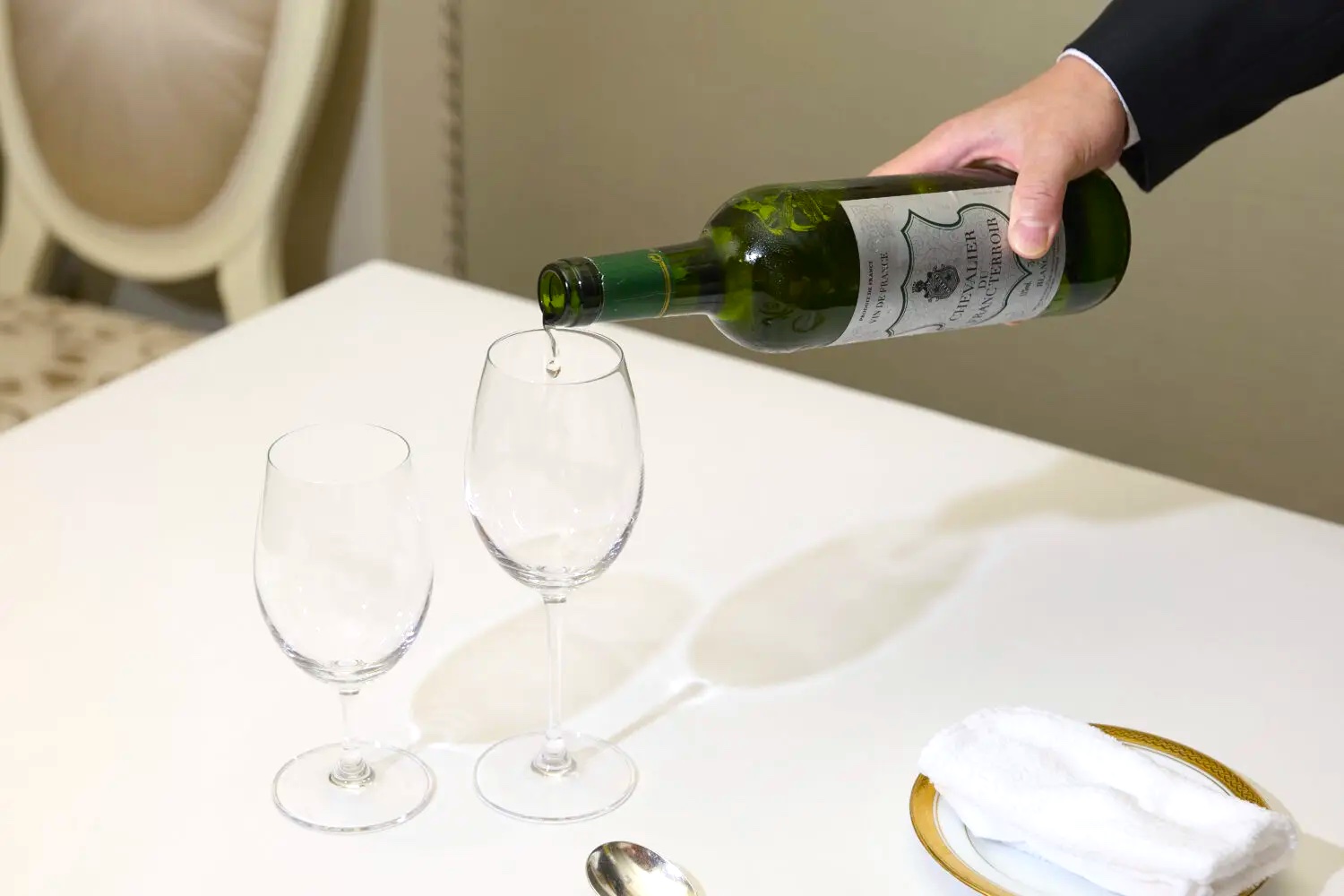
This is usually when the aperitif ends and the wine bottle is opened. If you’re unsure about wine, let the host choose. If the host isn’t familiar either, consult the sommelier.
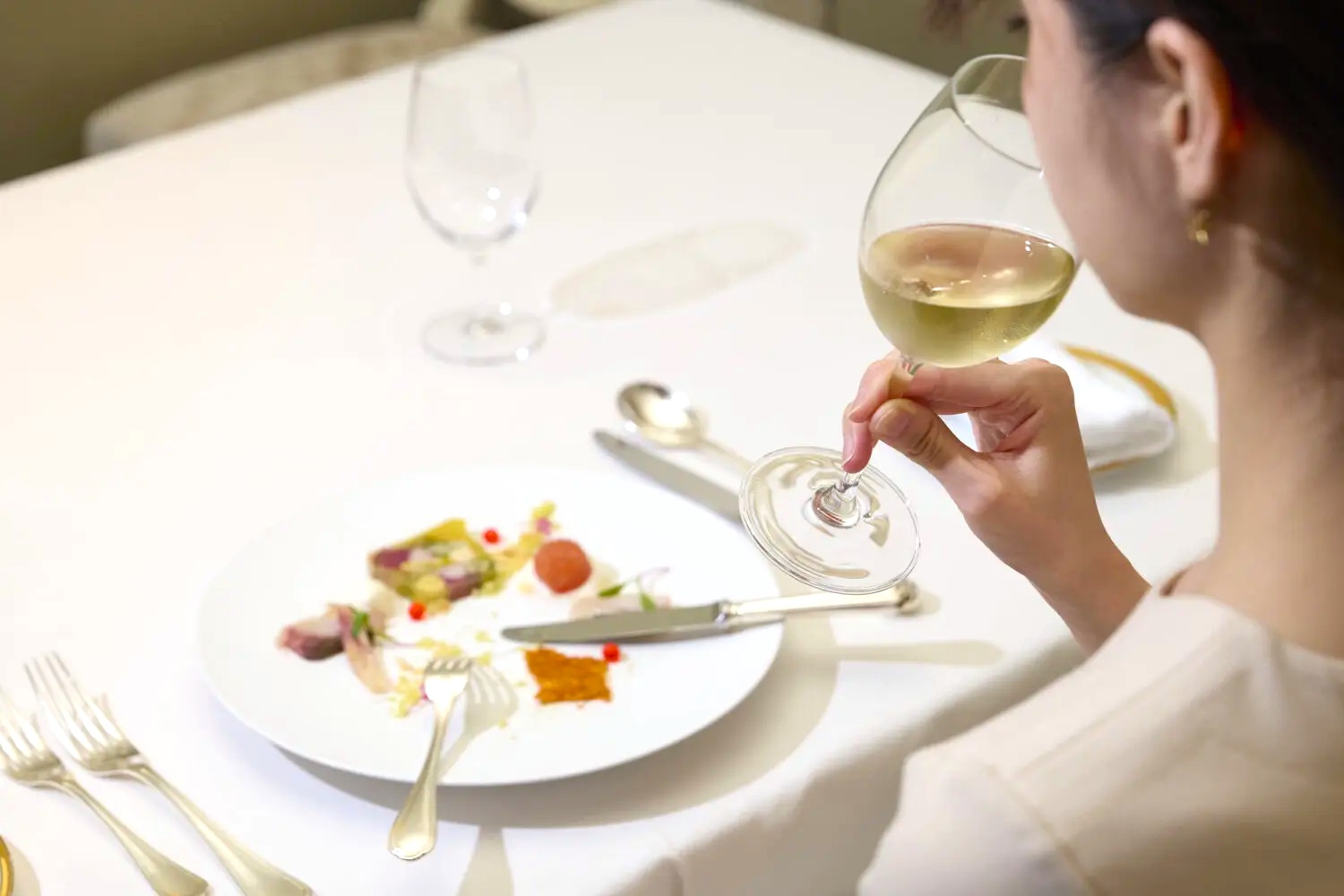
Hold the wine glass by the stem, just like with champagne. You may enjoy various wines paired with each course.
Main Fish Dish

Next is the main fish dish. On this occasion, it was sautéed sea bass topped with Béarnaise sauce, a traditional French accompaniment. Again, start with the outermost cutlery.
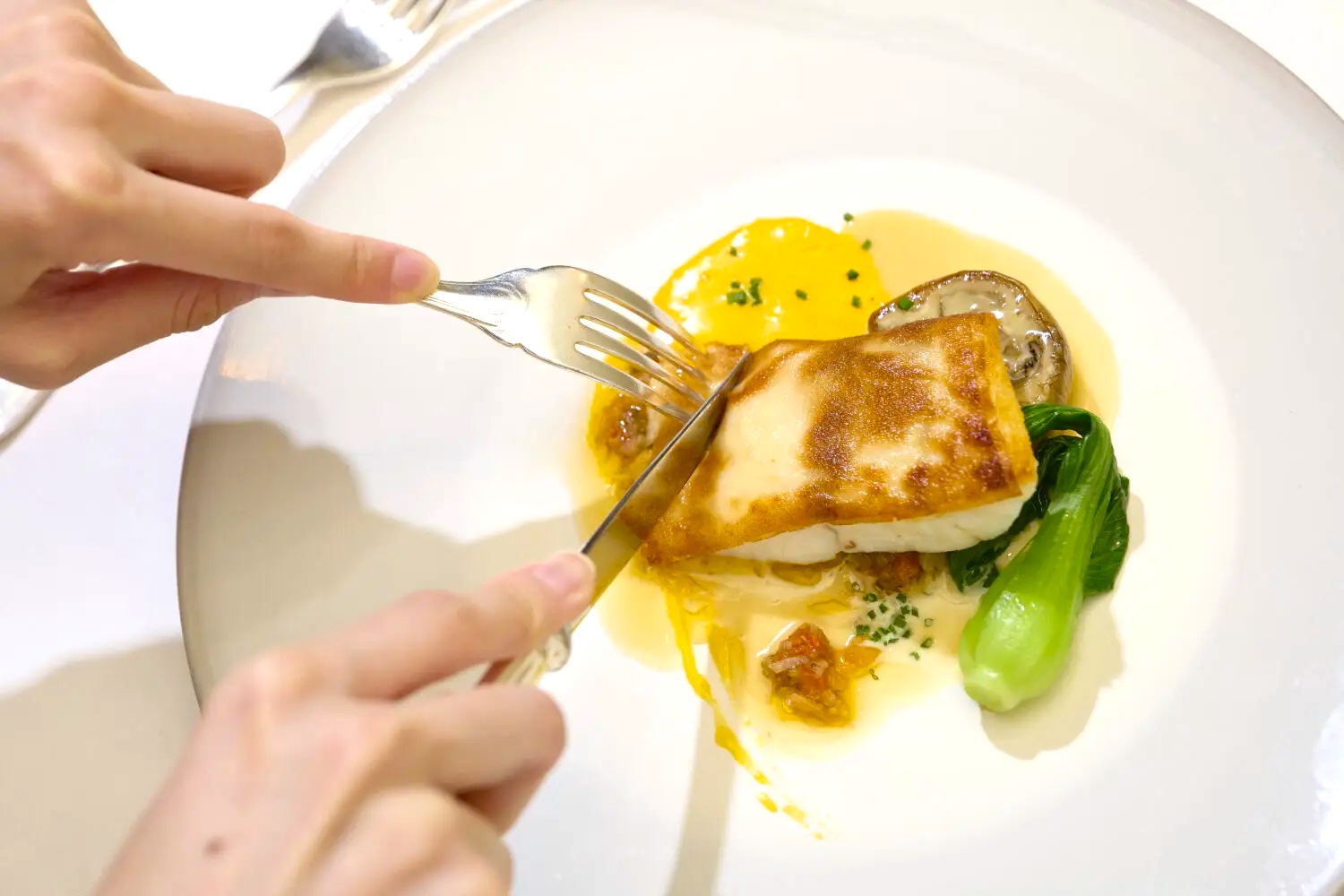

Cut the fish into bite-sized pieces from the left. If a flat sauce spoon is provided, use it like a knife.
Main Meat Dish
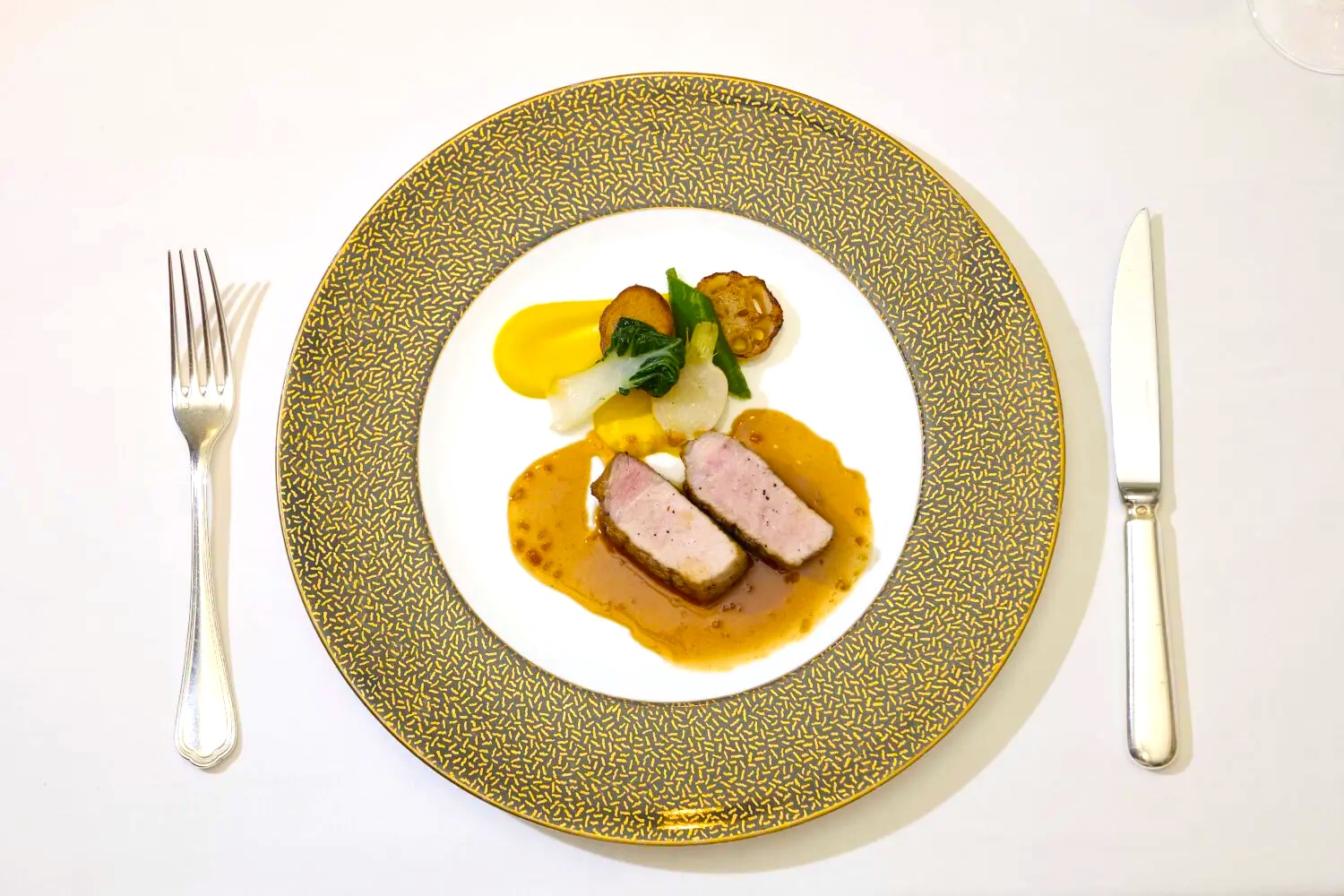
Next comes the main meat dish. This time it was roasted pork loin.
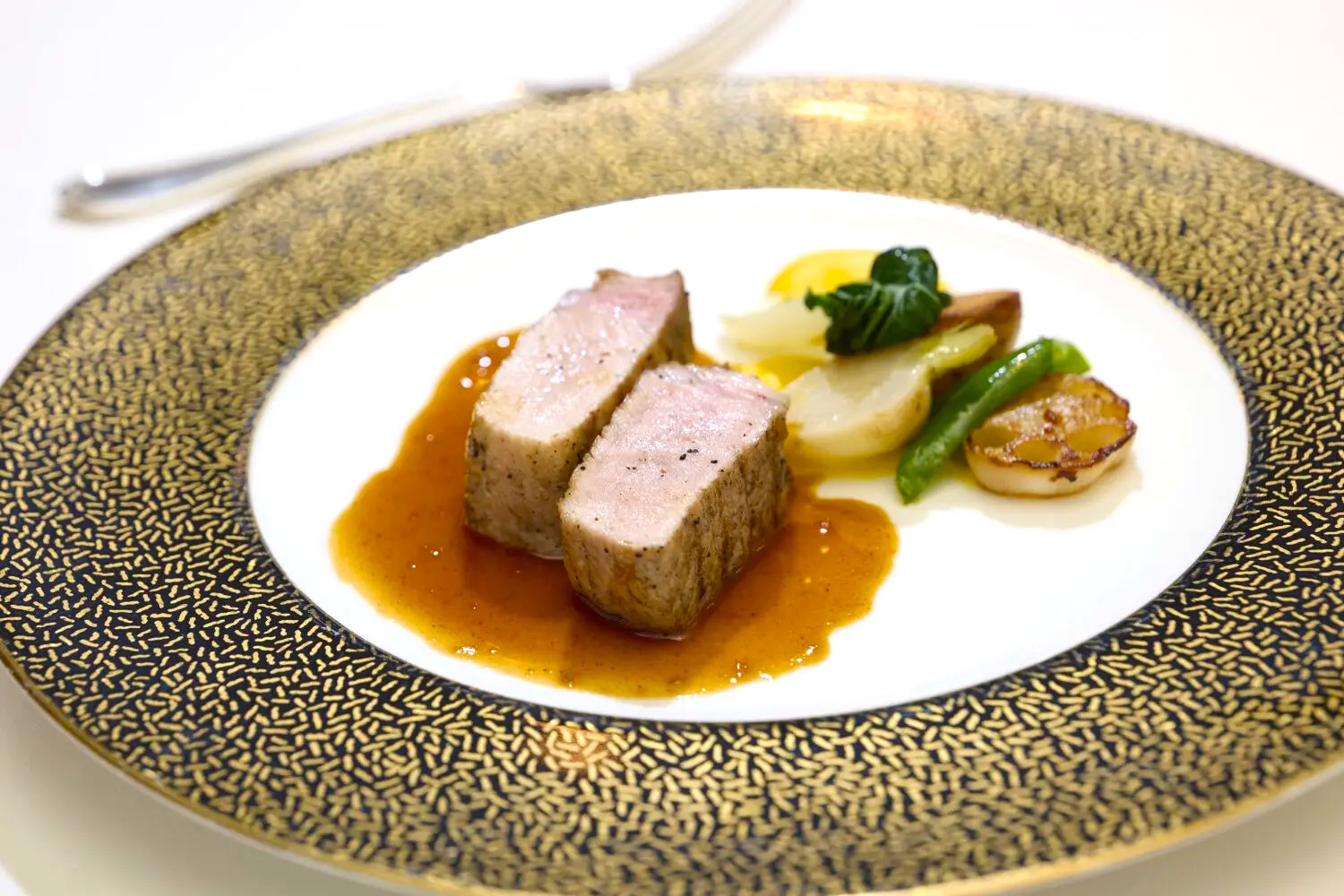
Here’s another angle—just to appreciate how delicious it looks.
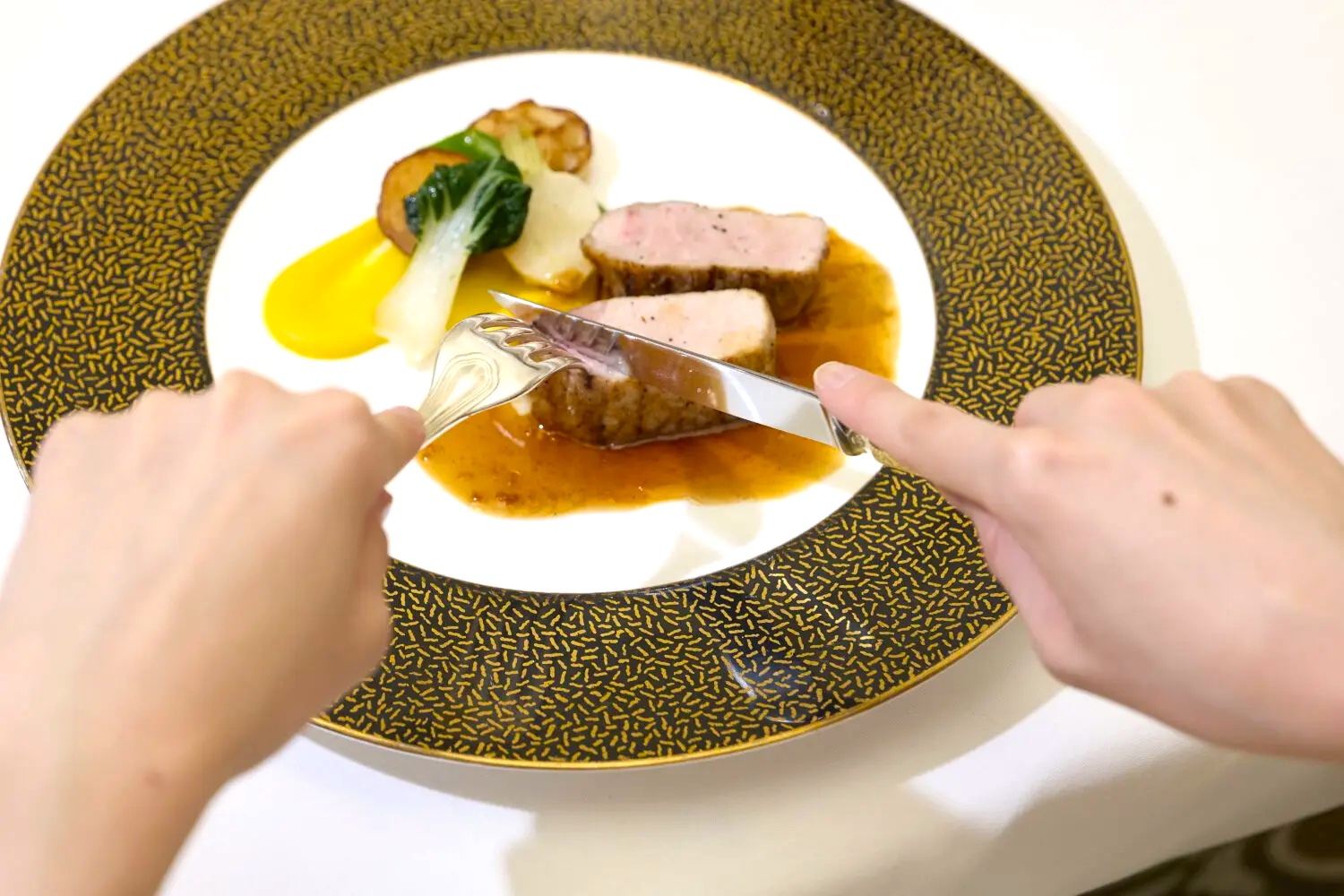

Cut meat into bite-sized pieces from the left. A slanted knife motion works best. Apply pressure when pulling the knife for a smooth cut. Also, cut any accompanying vegetables into small pieces before eating for a polished presentation.
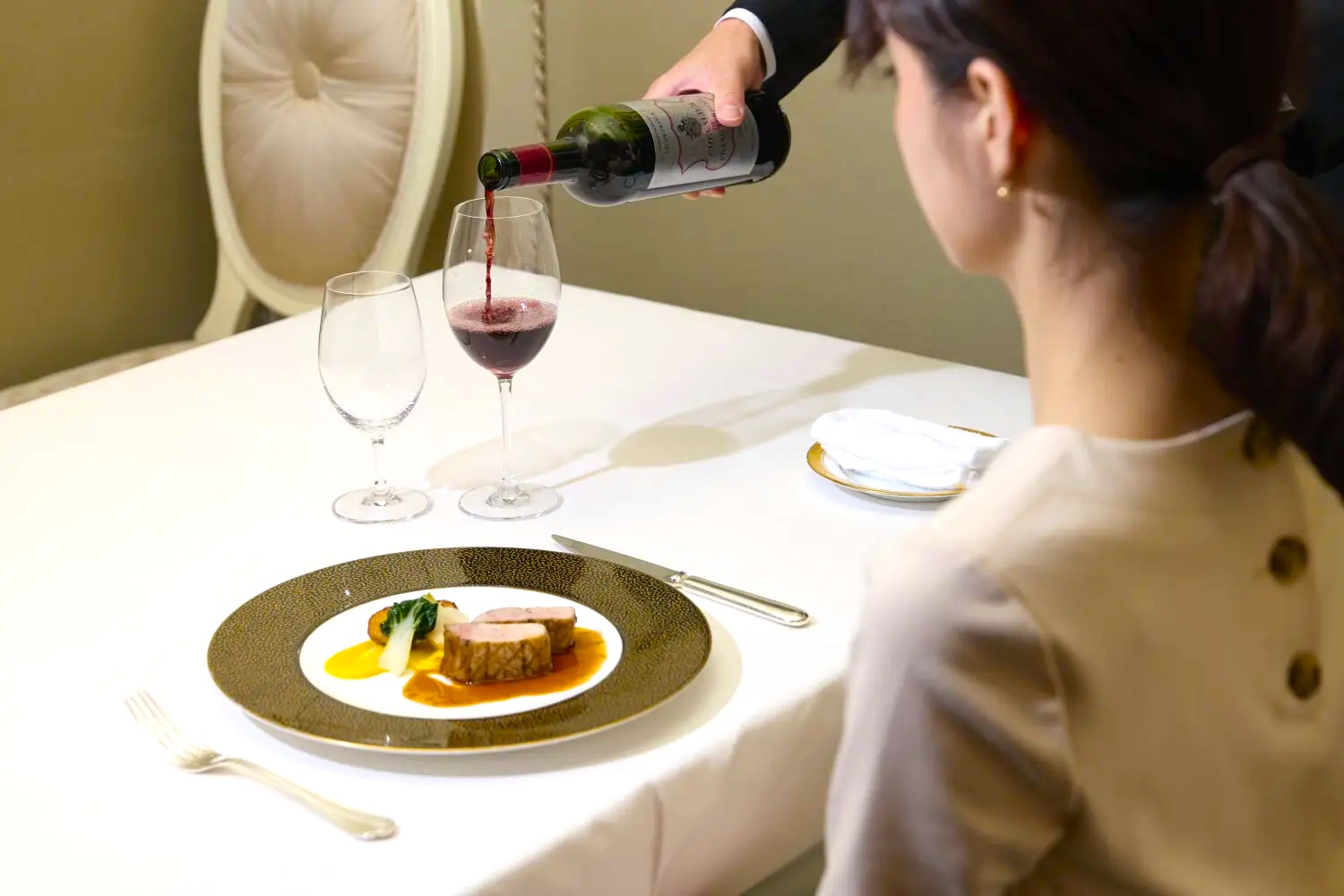
Red wine is the classic pairing with meat dishes. Ask the sommelier to recommend a red wine by the glass that suits the dish.
Dessert
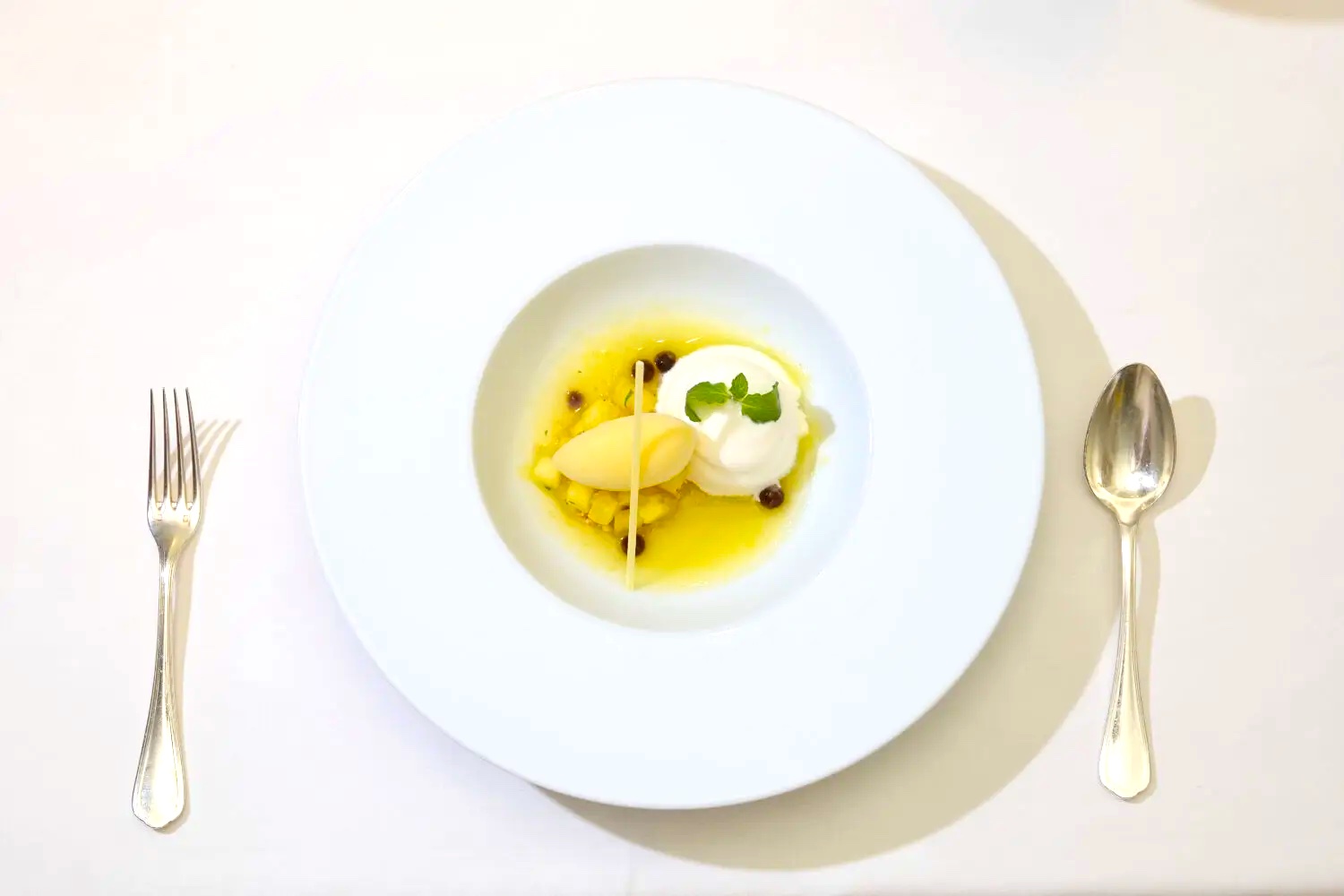
After the main course, it’s dessert time. On this day, sherbet with pineapple sauce was served.
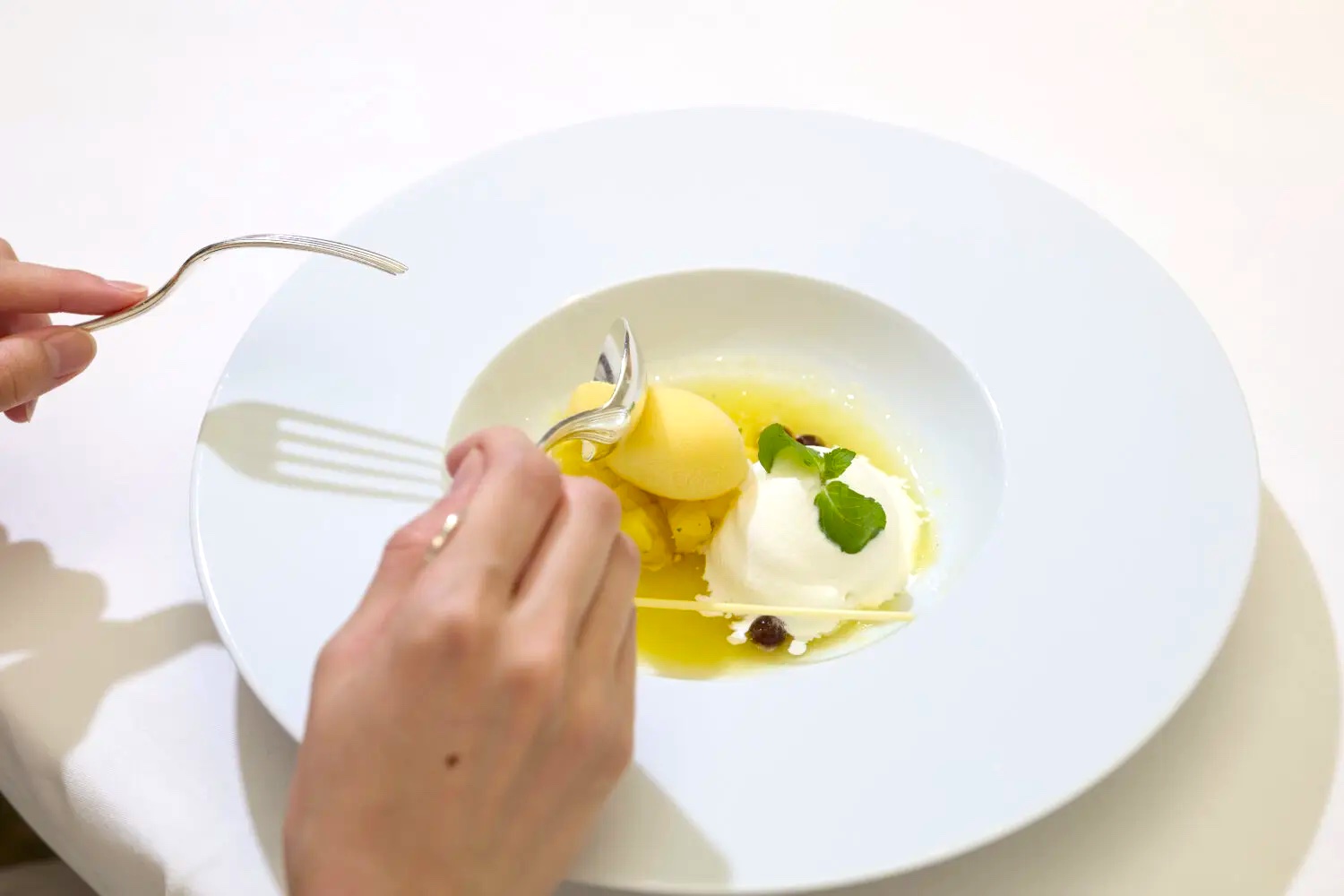
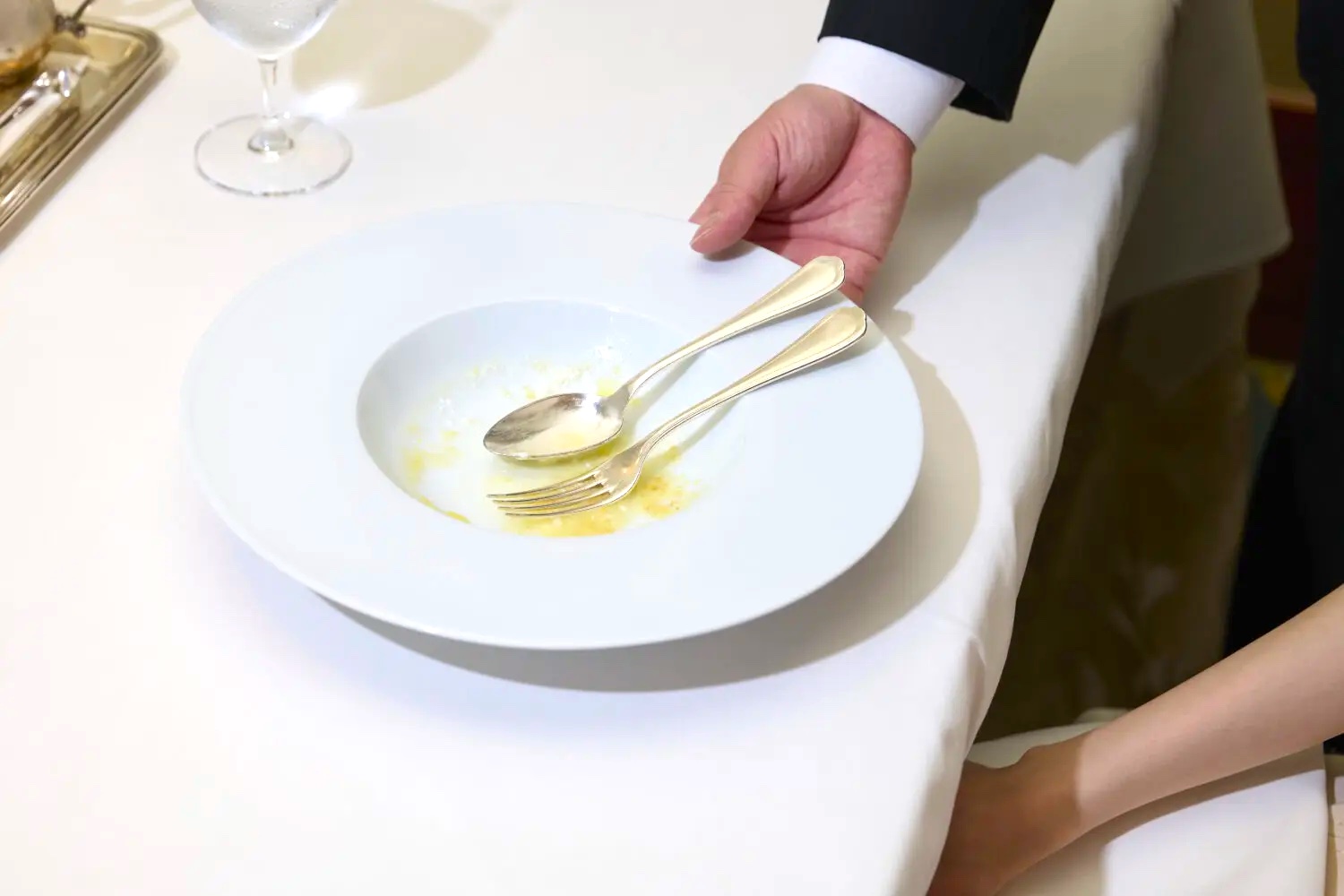
Use a spoon and fork for dessert as well. It’s fine to scoop up the sauce completely with a spoon. After dessert, coffee or tea will be served.
After-Meal Coffee & Tea
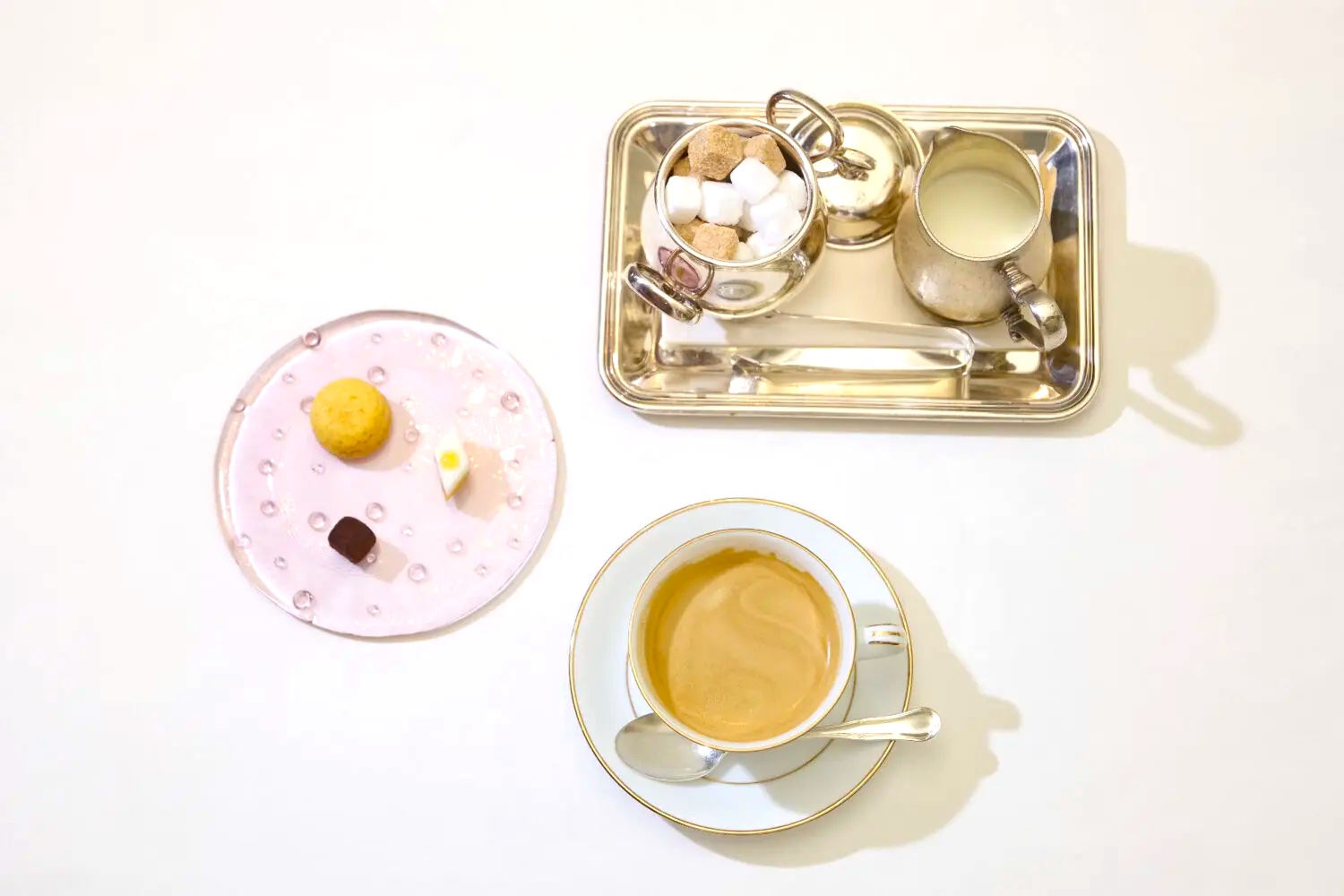
Post-meal coffee or tea is usually served with petit fours—small pastries or chocolates. This marks the end of the course meal.
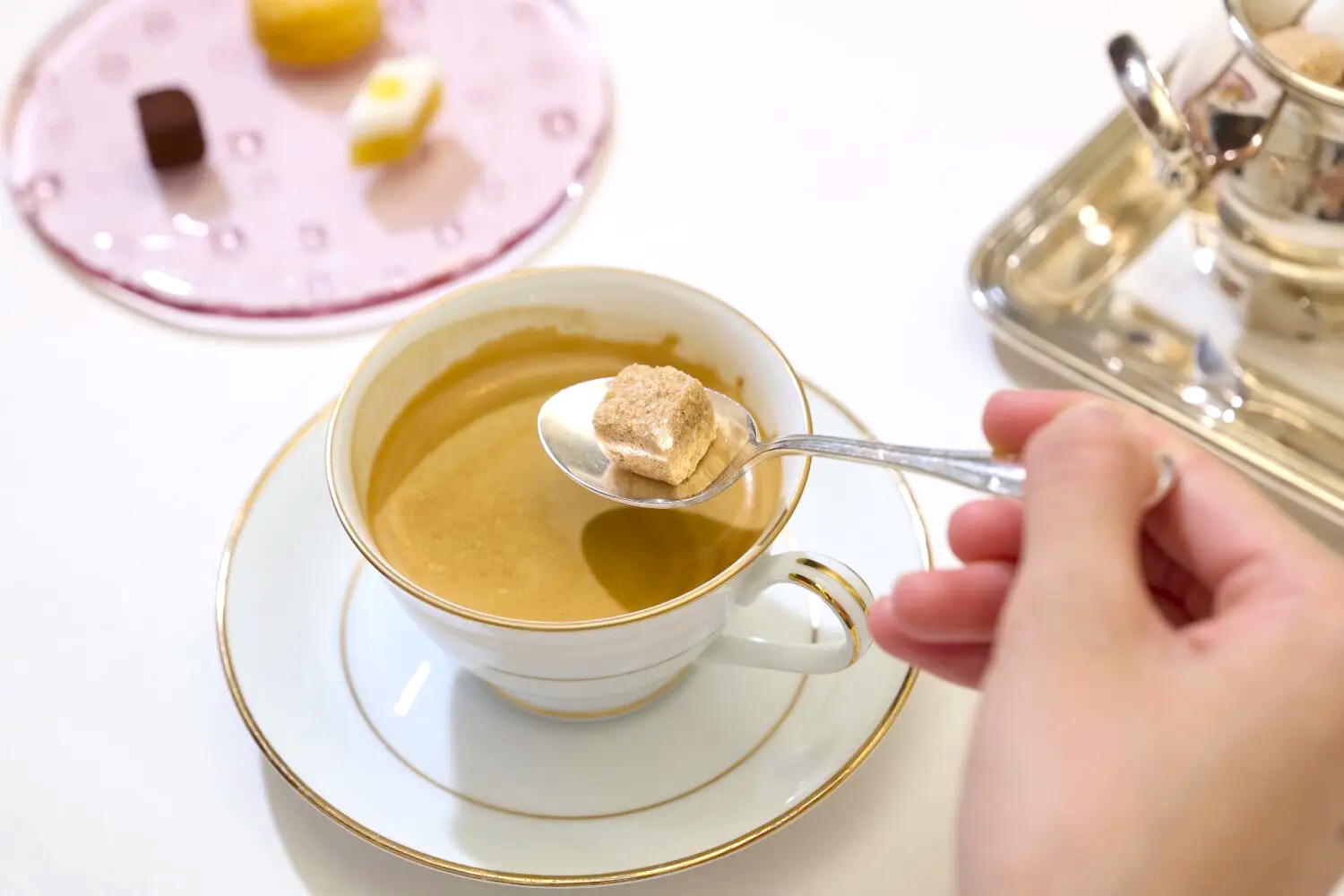
One final note: Do not place sugar cubes directly into the cup using tongs. Instead, transfer the cube onto a spoon first, then place it in your drink. Also, avoid blowing on hot liquids to cool them—that’s considered impolite.
Summary of Fine Dining Etiquette
In addition to everything above, here’s a summary of key etiquette tips, including those before and after dining:
- Check the dress code in advance and dress appropriately for the restaurant.
- When making a reservation, mention the purpose—such as a celebration or business dinner—so the staff can make suitable arrangements.
- Inform the restaurant of any allergies or religious dietary restrictions in advance.
- Avoid leaving the table during the course. Use the restroom beforehand to minimize disruption.
(Chefs time each dish to be served in perfect condition.) - Do not use your mobile phone or camera flash during the meal.
- If you take photos of the food, ensure no other guests appear in the background.
- Check in advance whether the bill is settled at the table or a cashier counter.
- For business dinners, it’s courteous to settle the bill away from the table, such as at the entrance.
This experience helped us understand that table manners aren’t just for your companions—they’re a sign of respect for everyone in the room. Proper behavior and etiquette help ensure everyone has a pleasant dining experience.
With a little preparation, an important dining occasion can become even more enjoyable!
Located inside Hotel InterContinental Tokyo Bay, this fine dining restaurant offers “modern French” cuisine—traditional dishes from the South of France reimagined with a contemporary twist. Executive Chef Kazutoshi Kiuchi, who trained at Michelin-starred restaurants in France, creates innovative French cuisine that has earned many loyal repeat customers.
The restaurant also offers a special Table Manners Plan with Professional Guidance, where guests can learn proper etiquette while enjoying a full-course meal.
*The information is based on the time of reporting or creation, and may differ from the current situation.
tags:
share:











